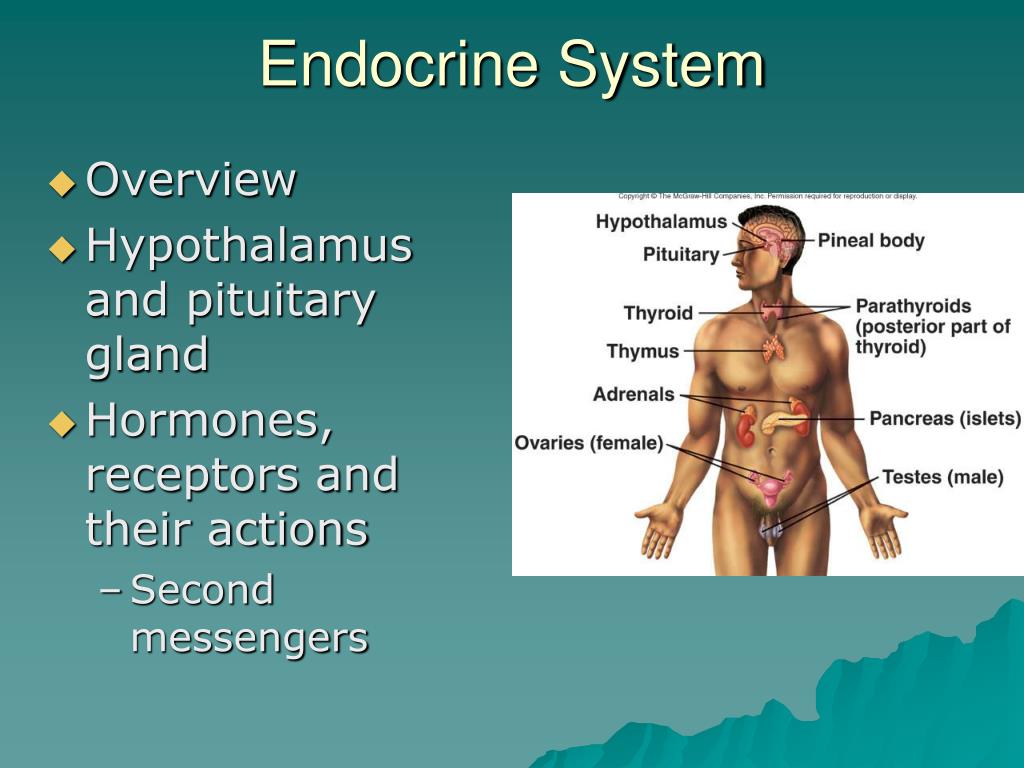Are Ovaries Part of the Endocrine System: Exploring Their Vital Role in Female Health
How do ovaries function as part of the endocrine system. What hormones do ovaries produce and regulate. Why are ovaries crucial for female reproductive health. How do ovarian disorders impact women’s overall well-being. What are the main functions of ovaries beyond egg production.
The Ovaries: Key Players in Female Reproductive Health
The ovaries are fundamental components of the female reproductive system, playing a dual role as both reproductive organs and endocrine glands. These small, oval-shaped organs, about the size of large grapes, are located on either side of the uterus within the pelvic cavity. Their primary functions include producing and releasing eggs (ova) and secreting vital hormones that regulate various aspects of female physiology.
Anatomical Position and Structure
Where are the ovaries located in the female body? The ovaries are positioned on opposite ends of the pelvic wall, flanking the uterus. Each ovary is connected to a fallopian tube by a specialized tissue called the fimbria. This strategic placement facilitates the smooth transition of released eggs into the fallopian tubes during ovulation.
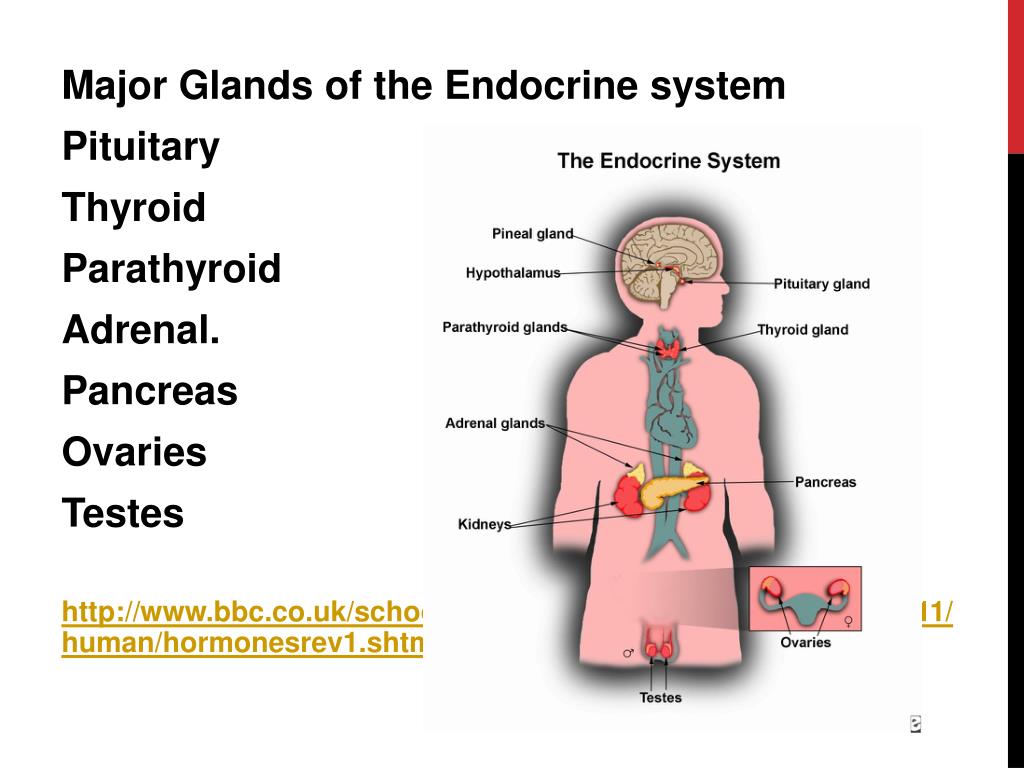
Ovaries as Endocrine Glands: Hormone Production and Regulation
Do ovaries produce hormones? Yes, the ovaries are crucial endocrine glands that secrete several hormones essential for female reproductive health and overall well-being. The two primary groups of hormones produced by the ovaries are estrogen and progesterone.
Estrogen: The Primary Female Sex Hormone
What are the main types of estrogen produced by the ovaries? The ovaries produce three major forms of estrogen:
- Estradiol: The most potent and abundant form in women of reproductive age
- Estrone: Primarily produced after menopause
- Estriol: Produced in significant amounts during pregnancy
Estrogen, particularly estradiol, plays a crucial role in the development of female secondary sexual characteristics during puberty. It influences breast development, fat distribution in the hips, legs, and breasts, and the maturation of reproductive organs.
Progesterone: Preparing the Body for Pregnancy
What is the role of progesterone in the female reproductive system? Progesterone is primarily secreted by the corpus luteum, a temporary gland formed within the ovary after ovulation. Its main functions include:
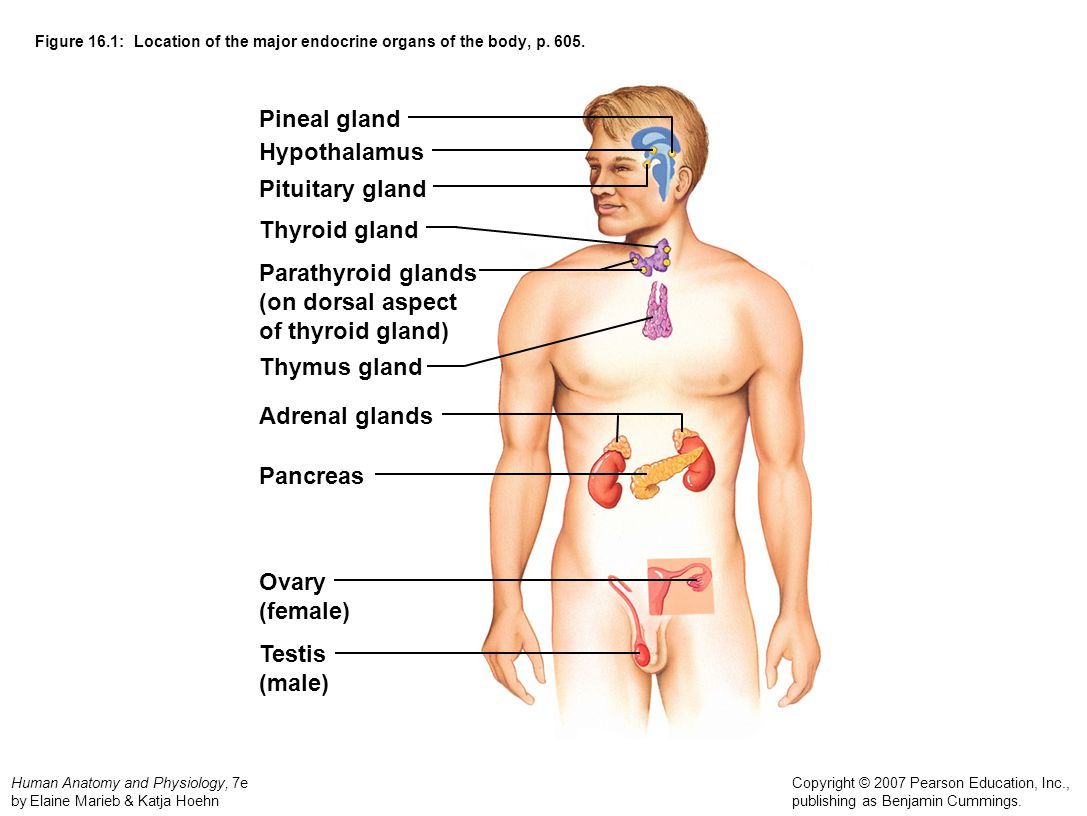
- Preparing the uterine lining for potential pregnancy
- Maintaining pregnancy if fertilization occurs
- Regulating the menstrual cycle in conjunction with estrogen
Minor Hormones: Relaxin and Inhibin
In addition to estrogen and progesterone, the ovaries also produce smaller amounts of other hormones. Relaxin is released before childbirth to loosen pelvic ligaments in preparation for labor. Inhibin plays a role in regulating the production of follicle-stimulating hormone (FSH) by the pituitary gland.
The Ovarian Cycle: Hormonal Regulation of Menstruation and Fertility
How do ovarian hormones regulate the menstrual cycle? The ovarian cycle is a complex interplay of hormones orchestrated by the hypothalamus, pituitary gland, and ovaries. This intricate system ensures the monthly preparation of the female body for potential pregnancy.
Follicular Phase: Preparing for Ovulation
The follicular phase begins with the onset of menstruation. During this time, the hypothalamus signals the pituitary gland to release follicle-stimulating hormone (FSH). FSH stimulates the growth of several ovarian follicles, each containing an immature egg. As the follicles grow, they produce increasing amounts of estrogen.

Ovulation: Release of the Egg
What triggers ovulation? The rising estrogen levels eventually trigger a surge in luteinizing hormone (LH) from the pituitary gland. This LH surge causes the dominant follicle to rupture and release its mature egg, a process known as ovulation.
Luteal Phase: Preparing for Potential Pregnancy
After ovulation, the ruptured follicle transforms into the corpus luteum, which begins producing progesterone. This hormone prepares the uterine lining for potential implantation of a fertilized egg. If pregnancy does not occur, the corpus luteum degenerates, hormone levels drop, and menstruation begins, starting the cycle anew.
Ovarian Hormones During Pregnancy: Sustaining New Life
How do ovarian hormones change during pregnancy? If conception occurs, the ovaries continue to produce high levels of estrogen and progesterone throughout pregnancy. These hormones play crucial roles in maintaining the pregnancy and preparing the body for childbirth and lactation.
- Estrogen: Promotes uterine growth, breast development, and fetal development
- Progesterone: Maintains the uterine lining and prevents premature contractions
- Relaxin: Loosens pelvic ligaments in preparation for childbirth
Ovarian Health: Common Disorders and Their Impact
What are some common disorders affecting the ovaries? Several conditions can impact ovarian function and overall female health:

Polycystic Ovary Syndrome (PCOS)
PCOS is a hormonal disorder characterized by enlarged ovaries containing numerous small cysts. It can cause irregular menstrual cycles, excess androgen production, and fertility issues. PCOS affects approximately 6-12% of women of reproductive age in the United States.
Ovarian Cysts
Ovarian cysts are fluid-filled sacs that can develop on or within the ovaries. While most cysts are benign and resolve on their own, some may cause pain, bloating, or menstrual irregularities. In rare cases, large cysts may require surgical removal.
Ovarian Cancer
Ovarian cancer is a serious but relatively rare condition. Early symptoms can be vague and may include persistent abdominal pain, bloating, or changes in bowel habits. Regular gynecological check-ups and awareness of family history are crucial for early detection.
Menopause: The Transition to Post-Reproductive Life
How does menopause affect ovarian function? Menopause marks the end of a woman’s reproductive years and is characterized by a significant decline in ovarian hormone production. This transition typically occurs between the ages of 45 and 55.
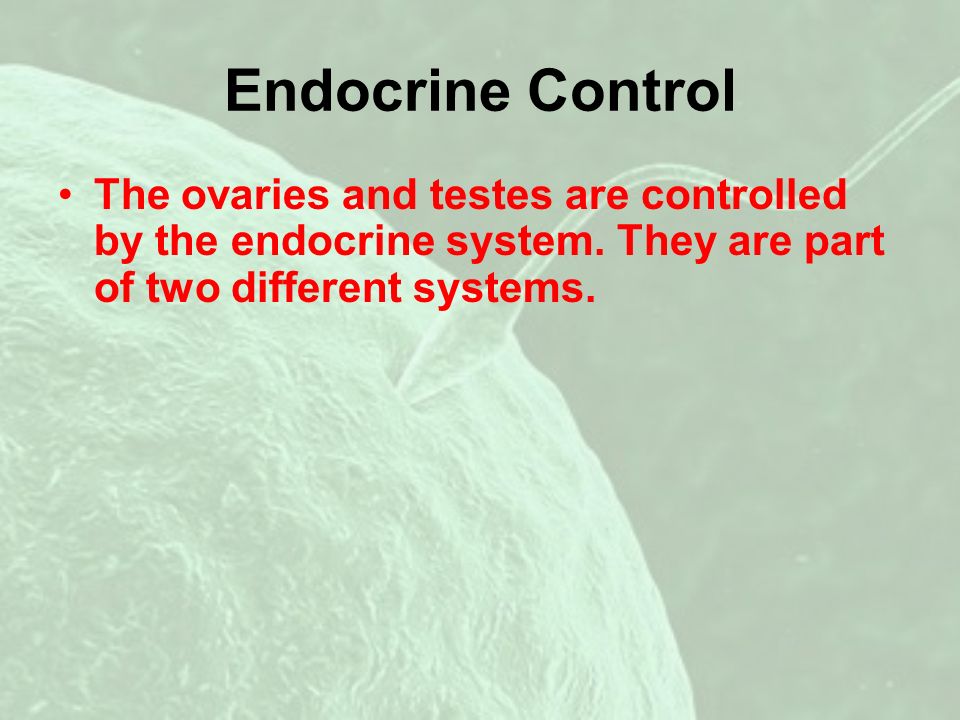
Hormonal Changes During Menopause
The most notable change during menopause is the dramatic decrease in estrogen production. This decline can lead to various symptoms and health concerns:
- Hot flashes and night sweats
- Mood swings and irritability
- Vaginal dryness and decreased libido
- Increased risk of osteoporosis
- Changes in skin elasticity and hair texture
Managing Menopausal Symptoms
Various strategies can help manage menopausal symptoms and maintain overall health:
- Hormone replacement therapy (under medical supervision)
- Regular exercise and maintaining a healthy weight
- Adequate calcium and vitamin D intake for bone health
- Stress reduction techniques such as meditation or yoga
- Regular health check-ups and screenings
The Ovaries and Overall Female Health: Beyond Reproduction
How do ovarian hormones impact women’s health beyond reproduction? The influence of ovarian hormones extends far beyond reproductive function, affecting various aspects of female health and well-being:
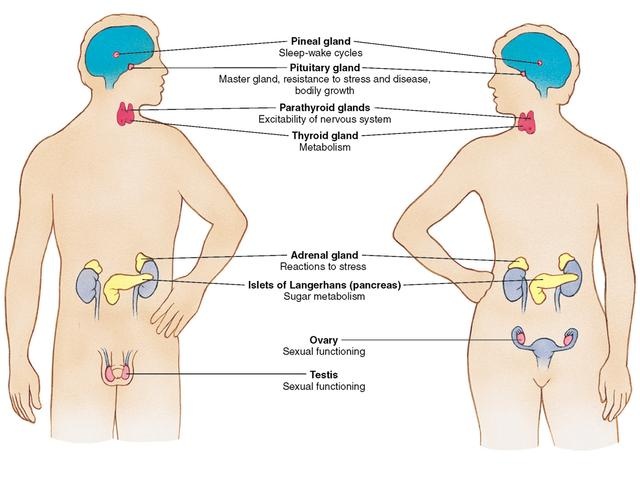
Bone Health
Estrogen plays a crucial role in maintaining bone density. The decline in estrogen levels during menopause is a significant risk factor for osteoporosis. Understanding this connection highlights the importance of bone health strategies throughout a woman’s life.
Cardiovascular Health
Estrogen has protective effects on the cardiovascular system, helping to maintain healthy cholesterol levels and blood vessel flexibility. The loss of this protection after menopause contributes to the increased risk of heart disease in postmenopausal women.
Cognitive Function
Research suggests that ovarian hormones may influence cognitive function and mood. Some studies have explored potential links between hormonal fluctuations and conditions such as depression and anxiety.
Skin and Hair Health
Estrogen contributes to skin elasticity and collagen production. The decline in estrogen levels during menopause can lead to changes in skin texture and hair quality.
In conclusion, the ovaries are integral components of the female endocrine system, producing hormones that regulate reproduction and influence overall health. Understanding the complex functions of these small but mighty organs empowers women to make informed decisions about their reproductive and general health throughout their lives.
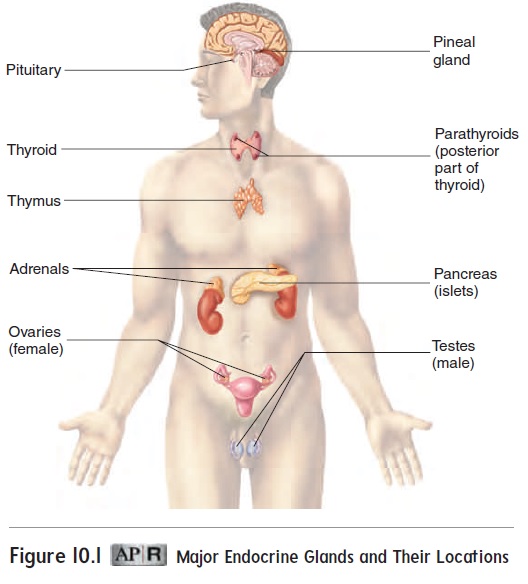
An Overview of the Ovaries
Key things to know about the ovaries:
They maintain the health of the female reproductive system.
They secrete two main hormones—estrogen and progesterone.
Diseases associated with the ovaries include ovarian cysts, ovarian cancer, menstrual cycle disorders, and polycystic ovary syndrome.
What Are Ovaries?
The ovaries are a pair of ova-producing organs (that is, they produce egg cells) that maintain the health of the female reproductive system. The ovaries, like their male counterpart, the testes, are known as gonads. This simply means they are the primary reproductive organs.
In addition to their role in producing ova, the ovaries also have the distinction of being an endocrine gland because they secrete hormones—primarily estrogen and progesterone—that are vital to normal reproductive development and fertility.
The ovaries are oval shaped and about the size of a large grape. They are located on opposite ends of the pelvic wall, on either side of the uterus. The ovaries are each attached to the fimbria (tissue that connects the ovaries to the fallopian tube).
They are located on opposite ends of the pelvic wall, on either side of the uterus. The ovaries are each attached to the fimbria (tissue that connects the ovaries to the fallopian tube).
Hormones of the Ovaries
Ovaries produce and release two groups of sex hormones—progesterone and estrogen. There are actually three major estrogens, known as estradiol, estrone, and estriol. These substances work together to promote the healthy development of female sex characteristics during puberty and to ensure fertility.
Estrogen (estradiol, specifically) is instrumental in breast development; fat distribution in the hips, legs, and breasts; and the development of reproductive organs.
To a lesser extent, the ovaries release the hormone relaxin before giving birth. Another minor hormone is inhibin, which is important for signaling to the pituitary to inhibit follicle-stimulating hormone secretion.
Progesterone and Estrogen Production and Function
Progesterone and estrogen are necessary to prepare the uterus for menstruation, and their release is triggered by the hypothalamus.
Once a female reaches puberty, the ovaries release a single egg each month (the ovaries typically alternate releasing an egg)—this is called ovulation. The hypothalamus sends a signal to the pituitary gland to release gonadotrophic substances (follicle stimulating hormone and luteinizing hormone). These hormones are essential to normal reproductive function, including regulation of the menstrual cycle.
As the egg migrates down the fallopian tube, progesterone is released. It is secreted by a temporary gland formed within the ovary after ovulation called the corpus luteum. Progesterone prepares the body for pregnancy by causing the uterine lining to thicken. If a woman is not pregnant, the corpus luteum disappears.
If a woman is pregnant, the pregnancy will trigger high levels of estrogen and progesterone, which prevent further eggs from maturing. Progesterone is secreted to prevent uterine contractions that may disturb the growing embryo. The hormone also prepares the breasts for lactation.
Increased estrogen levels near the end of pregnancy alert the pituitary gland to release oxytocin, which causes uterine contractions. Before delivery, the ovaries release relaxin, which as the name suggests, loosens the pelvic ligaments in preparation for labor.
More hormones are released during pregnancy than at any other time of a woman’s life, but during menopause—which marks the end of fertility—estrogen levels fall fast. This can lead to a range of complications.
Diseases and Disorders of the Ovaries
Osteoporosis
Osteoporosis is commonly associated with menopause, just like mood swings and hot flashes. Menopause is marked by the rapid loss of estrogen. The role estrogen plays in bone loss can best be described in terms of a battle between osteoclasts (bone absorbing cells) and osteoblasts (bone producing cells).
Estrogen is on the side of the osteoblasts, but as estrogens diminish, the osteoblasts are discouraged from producing more bone. As such, the osteoclasts win by absorbing more bone than is being produced by the osteoblasts. Estrogen replacement therapy during menopause protects bone mass and helps protect against the risk of osteoporotic fractures.
As such, the osteoclasts win by absorbing more bone than is being produced by the osteoblasts. Estrogen replacement therapy during menopause protects bone mass and helps protect against the risk of osteoporotic fractures.
Ovarian Cancer
Ovarian cancer is an extremely serious, but rare, disease. Its symptoms usually don’t become apparent until the cancer has progressed into the later stages.
Symptoms of ovarian cancer include persistent abdominal pain, indigestion, bloating, abnormal uterine bleeding, and pain during sexual intercourse. These are common problems, so in the great majority of cases, they will not indicate cancer. However, it’s important you pay attention to your body and discuss anything out of the ordinary—no matter how insignificant you think it may be—with your doctor.
Ovarian Cysts
Ovarian cysts are fluid-filled sacs that affect women of all ages, though mostly women of child-bearing age. Cysts are very common—and they can range in size from a pea to a grapefruit. The majority of cysts are harmless, though larger cysts (those larger than 5 cm in diameter) may need to be surgically removed because large cysts can twist the ovary and disrupt its blood supply.
The majority of cysts are harmless, though larger cysts (those larger than 5 cm in diameter) may need to be surgically removed because large cysts can twist the ovary and disrupt its blood supply.
Cysts can form for a variety of reasons. Oftentimes, they’re simply part of normal menstruation. You may experience no symptoms, and the cysts will go away after a few cycles. These are known as functional cysts. The great majority of cysts are benign. But abnormal or pathological cysts, such as those in polycystic ovary syndrome (PCOS), may cause painful symptoms.
Treatment for ovarian cysts depends on the size and type of cyst. If you’re experiencing pain, talk to your doctor. He or she will determine what treatment is best for you.
Some common symptoms of pathological cysts:
The most telltale symptom is pain and discomfort in the abdomen, vagina, low back, or thighs
Breast tenderness
Bloating
Increased hair growth on your face, back, and chest
Pain before or after your menstrual cycle, and irregular periods
Infertility
Weight gain
Fatigue
Polycystic Ovary Syndrome (PCOS)
Polycystic means “many cysts. ” Interestingly, the National Institutes of Health (NIH) criteria for diagnosing PCOS do not require the presence of polycystic ovaries by pelvic ultrasound. The NIH criteria are based on signs of hyperandrogenism (elevated androgen hormone levels) and oligo/amenorrhea (irregular or absent periods). Other key characteristics include infertility, acne, and increased hair growth on the face and body.
” Interestingly, the National Institutes of Health (NIH) criteria for diagnosing PCOS do not require the presence of polycystic ovaries by pelvic ultrasound. The NIH criteria are based on signs of hyperandrogenism (elevated androgen hormone levels) and oligo/amenorrhea (irregular or absent periods). Other key characteristics include infertility, acne, and increased hair growth on the face and body.
PCOS is essentially caused by a hormone imbalance—many of the symptoms are caused by increased production of androgens. These patients usually have high free testosterone levels. It’s not uncommon for those diagnosed with PCOS to be overweight, insulin resistant, and have type 2 diabetes. Many of the symptoms of PCOS fade with weight loss.
The ovaries have an immensely important role, not only in the female reproductive system but in the endocrine system as a whole. The hormones they secrete ensure the proper development of the female body and promote healthy fertility.
Notes: This article was originally published June 8, 2009 and most recently updated April 8, 2015.
Our Review Process
Endocrine system 7: ovaries and testes, placenta (pregnancy)
25 October, 2021
The endocrine system comprises glands and tissues that produce hormones for regulating and coordinating vital bodily functions. This article, the seventh in an eight-part series, looks at the testes, ovaries and placenta
Abstract
The endocrine system comprises glands and tissues that produce and secrete hormones to regulate and coordinate vital functions of the human body. This article â the seventh in an eight-part series on the endocrine system â outlines the endocrine role of the ovaries and testes in producing steroid hormones that influence many areas of human physiology, as well as the endocrine role of the placenta in influencing maternal physiology and establishing the maternal-foetal interface.
Citation: Knight J et al (2021) Endocrine system 7: ovaries and testes, placenta (pregnancy). Nursing Times [online]; 117: 11, 54-58.
Nursing Times [online]; 117: 11, 54-58.
Authors: John Knight is associate professor in biomedical science; Zubeyde Bayram-Weston is senior lecturer in biomedical science; Maria Andrade is honorary associate professor in biomedical science; all at College of Human and Health Sciences, Swansea University.
This article has been double-blind peer reviewed
Scroll down to read the article or download a print-friendly PDF here (if the PDF fails to fully download please try again using a different browser)
Click here to see other articles in this series
To continue reading this clinical article please log in or subscribe.
Subscribe for unlimited access
- Over 6,000 double-blind peer reviewed clinical articles
- 50 clinical subjects and 20 clinical roles or settings
- Clinical articles with discussion handouts and online assessments
- Over 20 online learning units supporting CPD and NMC revalidation
- Systems of Life and Practical Procedures illustrated guides
- Bitesize videos on key topics
- Click here to view a clinical article example
Subscribe
Register for guest access
- 1 week’s unrestricted access to nursingtimes.
 net
net - 3 free online learning units on fundamental aspects of nursing care
- A personal e-Portfolio to store and save CPD and revalidation evidence
- Newsletters
Restricted to subscribers only – Discover nursing since 1905 and see how the profession has changed over the years
Already have an account,
click here to sign in
Endocrine system. The mechanism of regulation of ovarian function in normal and hypothalamic-pituitary dysfunction.
The symptom of infertility is a manifestation of the depletion of the compensatory capabilities of certain links in the reproductive regulation system. In 50 – 70% of cases, infertility is determined by the state of the wife, in 20 – 25% of cases – by the state of the husband.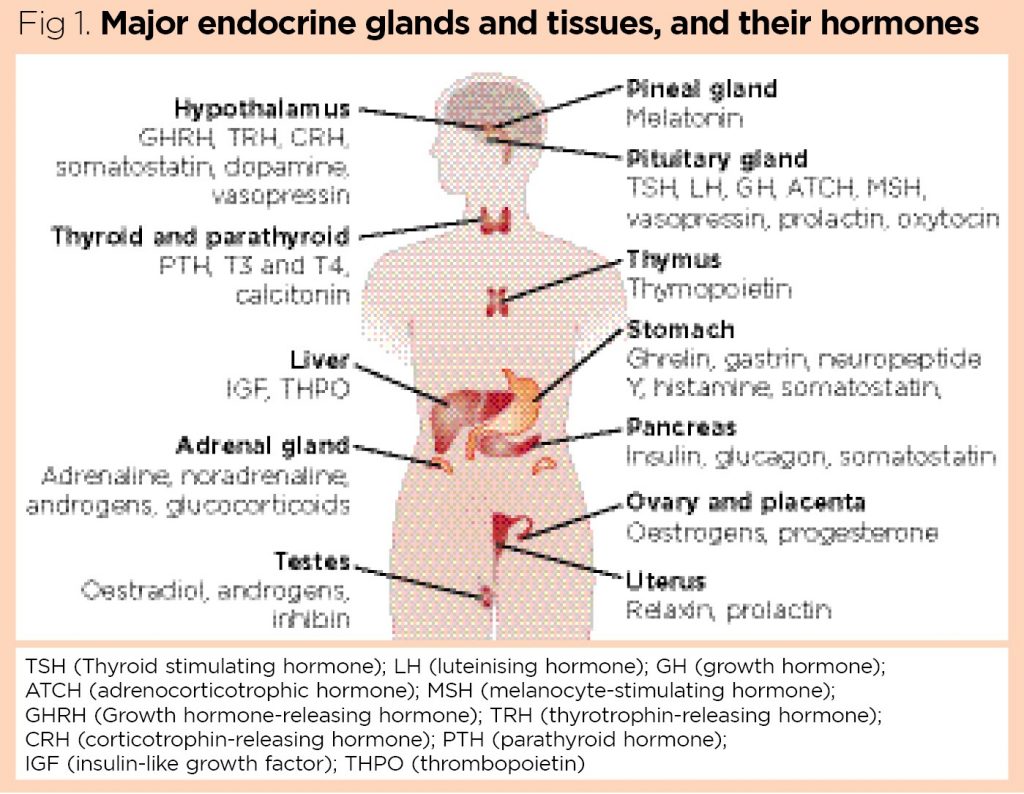 In 10-30% of cases, mixed forms occur, and in 2-5% of cases, the cause of infertility is not clear (2). In the structure of female infertility, dysfunctions of the endocrine system are found in 35 – 40% of cases, dysfunction of the fallopian tubes – in 30 – 40% of cases, uterine factors – in 10%, cervical – in 7 – 10% of cases, vaginal – in 6%, extragenital – in 1%, mental – in 1% of cases. Such or similar data are given in most gynecological manuals (10).
In 10-30% of cases, mixed forms occur, and in 2-5% of cases, the cause of infertility is not clear (2). In the structure of female infertility, dysfunctions of the endocrine system are found in 35 – 40% of cases, dysfunction of the fallopian tubes – in 30 – 40% of cases, uterine factors – in 10%, cervical – in 7 – 10% of cases, vaginal – in 6%, extragenital – in 1%, mental – in 1% of cases. Such or similar data are given in most gynecological manuals (10).
The basis of the female reproductive system is the axis hypothalamus – pituitary – ovary, the correct functioning of which ensures the maturation of a full-fledged egg, adequate preparation of the endometrium for pregnancy, tubal transport of gametes, fertilization, implantation and preservation of early pregnancy.
The highest regulatory organ of the hypothalamic-pituitary-ovarian axis is the central nervous system, which through a whole complex of direct and feedback ensures the stability of the reproductive system when the internal and external environment changes (14, 21). To date, more than 36 peptides that regulate GnRH secretion have been discovered (28). Based on the fact that all the main neuroendocrine circles are directly or indirectly connected with the immune system and, in addition to the centers of the endocrine system , connect areas of the brain with lymphoid tissue, at present, some researchers are talking not about neuroendocrine, but about neuro – immune – endocrine system regulation of reproduction (30, 33).
To date, more than 36 peptides that regulate GnRH secretion have been discovered (28). Based on the fact that all the main neuroendocrine circles are directly or indirectly connected with the immune system and, in addition to the centers of the endocrine system , connect areas of the brain with lymphoid tissue, at present, some researchers are talking not about neuroendocrine, but about neuro – immune – endocrine system regulation of reproduction (30, 33).
The releasing factor of the two major gonadotropins, LH and FSH, is GnRH, a decapeptide synthesized by Schally and Guillemin in 1977. GnRH is synthesized in the arcuate nucleus of the mediobasal hypothalamus and enters the portal circulation system of the pituitary gland in a pulsed mode. To ensure the normal secretion of gonadotropins of the endocrine system, it is sufficient to maintain a stable frequency of release of physiological amounts of GnRH. Changing the frequency of GnRH release changes not only the amount of LH and FSH secreted by the pituitary gland, but also their ratio, while even a tenfold increase in the concentration of GnRH leads only to a slight decrease in FSH release and does not change LH secretion in any way.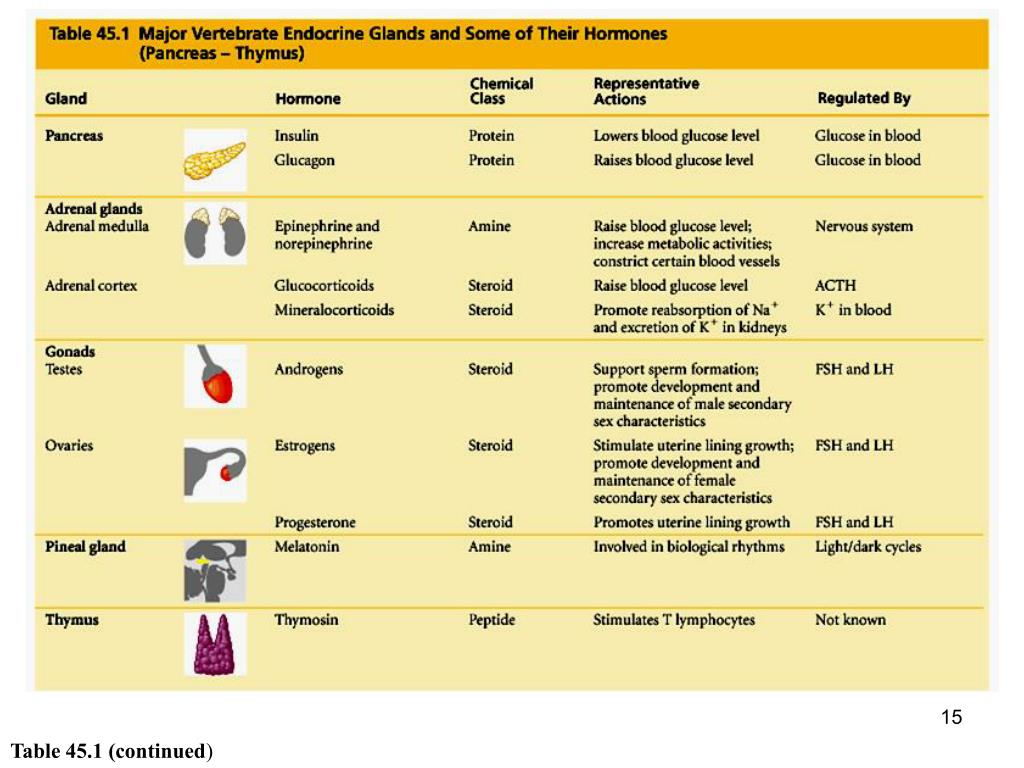
The frequency of the GnRH surge in humans is 1 burst in 70 – 90 minutes and corresponds to a number of biorhythms (alternation of sleep phases, fluctuations in glomerular filtration rate and gastric secretion, the frequency of hot flashes during menopause, etc., which confirms the Kleitmann hypothesis about the existence of a common rhythm with a frequency of about 90 minutes, which is associated with the basal cycle of rest – activity (20), which is explained by geophysical reasons (22, 37).The main factors regulating the frequency of Gn-RH release are opiates and alpha-blockers (6, 12, 13).The pulse generator of the rhythm – the arcuate nucleus – does not need any influence from other parts of the nervous system to maintain its normal operation (1). Under physiological conditions, the pulse generator receives information about the release of gonadotropins by the pituitary gland through a short feedback system, since special sphincters regulate pressure gradients in the portal blood flow system, and part of the blood from the pituitary gland does not flow into the cavernous sinus, but back into the hypothalamus, which ensures a very high local concentration of pituitary hormones in the hypothalamus (31).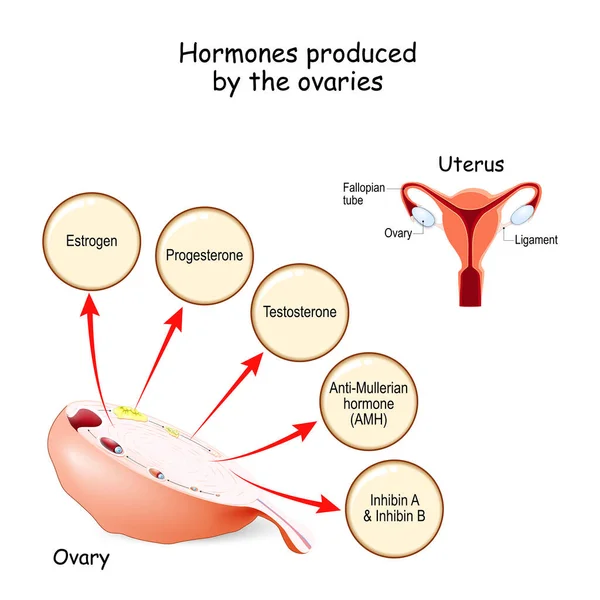 Synthesis and secretion of LH and FSH in the pituitary gland are carried out by the same cells (7). On the surface of gonadotropes there are receptors for GnRH, the density of which depends on the level of steroid hormones in the blood and on the concentration of GnRH. The combination of Gn-RH with the receptor causes a massive influx of calcium ions into the cell, which, after a few minutes, leads to the release of LH and FSH into the bloodstream. In addition, GnRH stimulates the synthesis of LH and FSH and maintains the integrity of the gonadotropes (40). Changes in the frequency of the pulse generator change the ratio of LH and FSH secreted by the pituitary gland (24). Thus, an increase in the rhythm leads to a significant increase in the release of FSH and to a decrease in the release of LH. Frequency modulation of information ensures the speed and reliability of the regulation of the reproductive system and its resistance to interference (4, 36). In the luteal phase, progesterone, through endogenous opiates, slows down the frequency of the pulse generator, and this action is determined not by the concentration of progesterone, but by the duration of its effect.
Synthesis and secretion of LH and FSH in the pituitary gland are carried out by the same cells (7). On the surface of gonadotropes there are receptors for GnRH, the density of which depends on the level of steroid hormones in the blood and on the concentration of GnRH. The combination of Gn-RH with the receptor causes a massive influx of calcium ions into the cell, which, after a few minutes, leads to the release of LH and FSH into the bloodstream. In addition, GnRH stimulates the synthesis of LH and FSH and maintains the integrity of the gonadotropes (40). Changes in the frequency of the pulse generator change the ratio of LH and FSH secreted by the pituitary gland (24). Thus, an increase in the rhythm leads to a significant increase in the release of FSH and to a decrease in the release of LH. Frequency modulation of information ensures the speed and reliability of the regulation of the reproductive system and its resistance to interference (4, 36). In the luteal phase, progesterone, through endogenous opiates, slows down the frequency of the pulse generator, and this action is determined not by the concentration of progesterone, but by the duration of its effect. Estradiol, acting on the hypothalamus and gonadotropes (increase in the density of Gn-RH receptors), increases the amplitude of the LH / FSH wave (16, 39).
Estradiol, acting on the hypothalamus and gonadotropes (increase in the density of Gn-RH receptors), increases the amplitude of the LH / FSH wave (16, 39).
Progesterone stimulates the formation of an inhibitor in the hypothalamus, which eliminates this effect of estradiol (29, 35). This eliminates the possibility of an LH peak in the luteal phase, which could disrupt the maturation of the cohort of follicles for the next menstrual cycle (11).
Gonadotropins are the main regulators of the synthesis and secretion of sex steroids. The place of production of sex steroids in the body can be the follicular complex (theca interna, theca externa, granulosa and oocyte), the corpus luteum and the stroma of the ovary. The usefulness of cyclic changes that ensure the preparation of a woman’s body for pregnancy is determined by the quality of selection and maturation of the dominant follicle. The main patterns of folliculogenesis were established by the working group of Professor Hodgen at the turn of 1970s and 1980s (11). They proposed the terms recruitment, cohort, selection, establishment of dominance. Recruitment is the process of transition of follicles from the primordial stage to the antral one, since only from this time on the maturation process becomes dependent on the action of gonadotropins. The recruitment process is determined by intraovarian factors and occurs constantly, but only those follicles that are recruited in the last 4 days of the luteal phase of the previous cycle can form a cohort – a group of follicles from which the dominant one will stand out (39). The number of recruited follicles is most likely determined by the level of gonadotropins in the late luteal phase and the local concentration of progesterone in the ovary, which explains the alternation of ovulation in the right and left ovaries. The growth of a cohort of follicles in the early follicular phase is explained by favorable conditions for the ratio of LH and FSH and local concentrations of estrogens and androgens. The action of LH and FSH on the follicle is strictly specialized: LH stimulates the de novo androgen synthesis by theca cells and has almost no effect on granulosa cells, while FSH activates the granulosa aromatase system, which converts androgens synthesized in the theca into estradiol (15).
They proposed the terms recruitment, cohort, selection, establishment of dominance. Recruitment is the process of transition of follicles from the primordial stage to the antral one, since only from this time on the maturation process becomes dependent on the action of gonadotropins. The recruitment process is determined by intraovarian factors and occurs constantly, but only those follicles that are recruited in the last 4 days of the luteal phase of the previous cycle can form a cohort – a group of follicles from which the dominant one will stand out (39). The number of recruited follicles is most likely determined by the level of gonadotropins in the late luteal phase and the local concentration of progesterone in the ovary, which explains the alternation of ovulation in the right and left ovaries. The growth of a cohort of follicles in the early follicular phase is explained by favorable conditions for the ratio of LH and FSH and local concentrations of estrogens and androgens. The action of LH and FSH on the follicle is strictly specialized: LH stimulates the de novo androgen synthesis by theca cells and has almost no effect on granulosa cells, while FSH activates the granulosa aromatase system, which converts androgens synthesized in the theca into estradiol (15).
Estrogens and FSH inhibit preantral follicle atresia and stimulate granulosa cell proliferation, synthesis of FSH receptors, and induction of LH receptors, starting at the periphery of the follicle and going to the center. The appearance of LH receptors in the granulosa cells of large follicles is a prerequisite for the synthesis of progesterone by the corpus luteum. LH through stimulation of androgenic synthesis limits and reduces the synthesis of receptors for FSH, LH, estradiol in the cells of the follicle. The synergism of the action of LH and FSH in the early follicular phase causes a significant increase in estrogen secretion by the ovary. This, in turn, induces an increase in the LH / FSH index, which shifts the synthesis of sex steroids in the follicles towards the predominant formation of androgens. In the normal course of events, by the 8th day of the menstrual cycle, the selection of the dominant follicle ends, the main property of which is the ability to enhance estrogen production in conditions of FSH deficiency and completely suppress the development of other cohort follicles using intraovarian and hypothalamic-pituitary connections (8, 11, 18, 42) .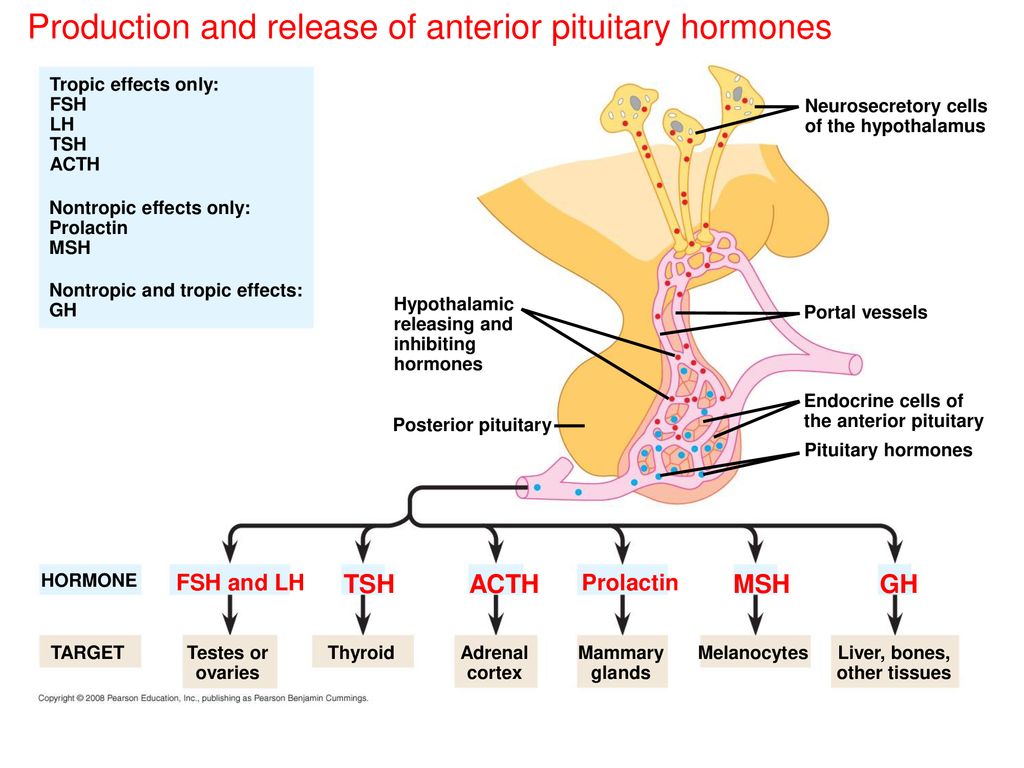 If for any reason the dominant follicle dies, recruitment must occur again, since no other follicle in this cohort can assume the role of dominant. An important role in the suppression of other follicles is played by the polypeptide regulator inhibin, which selectively suppresses FSH secretion, and the follicle-regulating protein, which selectively suppresses the aromatase activity of granulosa.
If for any reason the dominant follicle dies, recruitment must occur again, since no other follicle in this cohort can assume the role of dominant. An important role in the suppression of other follicles is played by the polypeptide regulator inhibin, which selectively suppresses FSH secretion, and the follicle-regulating protein, which selectively suppresses the aromatase activity of granulosa.
On days 12 to 14 of the cycle, the dominant follicle is responsible for almost all the production of estradiol in large quantities, which causes a peak in LH and FSH, which is the cause of ovulation.
Important for the normal functioning of the corpus luteum is the FSH peak in the middle of the cycle, which ensures the induction of the synthesis of LH receptors in the granulosa cells of the preovulatory follicle.
In healthy women, the correct development of the dominant follicle causes:
- adequate production of estradiol, which ensures the maturation of the endometrium and the accumulation of progesterone receptors in its epithelium and the maturation of cervical mucus;
- complete ovulation;
- preparation of receptors for LH in granulosa, which should turn into a corpus luteum.

Thus, the quality of the luteal phase is determined primarily by the processes occurring in the first phase of the cycle. According to the 1976 WHO classification, all disorders of the endocrine function of the ovaries are divided into 7 large groups:
- hypogonadotropic normoprolactinemic insufficiency;
- normogonadotropic normoprolactinemic insufficiency;
- hypergonadotropic insufficiency;
- anatomical form of amenorrhea;
- hyperprolactinemia;
- Volumetric processes in the hypothalamic-pituitary region that do not change the secretion of prolactin (5).
The vast majority of patients with ovarian dysfunction who seek infertility refer to the 2nd group of disorders according to the WHO classification – eugonadotropic hypothalamic-pituitary dysfunction. Clinically, this group can be divided into subgroup 2a – patients with spontaneous menstrual cycles – and subgroup 2b – patients with amenorrhea. Patients of subgroup 2a are characterized by insufficiency of the luteal phase due to impaired maturation of the dominant follicle, impaired ovulation and impaired function of the corpus luteum, as well as anovulatory menstrual cycles, characterized in that the dominant follicle matures, but does not ovulate, during the period of atresia of the dominant follicle, luteinization of granulosa and theca occurs accompanied by a sharply reduced production of progesterone. At the same time, the basal temperature either does not rise, or rises slightly.
Patients of subgroup 2a are characterized by insufficiency of the luteal phase due to impaired maturation of the dominant follicle, impaired ovulation and impaired function of the corpus luteum, as well as anovulatory menstrual cycles, characterized in that the dominant follicle matures, but does not ovulate, during the period of atresia of the dominant follicle, luteinization of granulosa and theca occurs accompanied by a sharply reduced production of progesterone. At the same time, the basal temperature either does not rise, or rises slightly.
Luteal insufficiency, anovulation and amenorrhea are usually expressions of the degree of endocrine disruption and are often stages in the same process (34).
A typical expression of type 2 ovarian insufficiency is an increase in the LH/FSH ratio, accompanied by a slight (compared to hormone-producing tumors) adrenal and/or ovarian hypersecretion of androgens (5). Traditionally, such forms of hypothalamic-pituitary-ovarian dysfunction were referred to as polycystic ovary syndrome. However, this term is disputed by a number of authors. On the one hand, ovarian enlargement can occur with Cushing’s syndrome, andrenogenital syndrome, with hormone-producing tumors, and sometimes in healthy adolescents. On the other hand, women with typical manifestations of this syndrome may have normal-sized ovaries. In addition, with this syndrome, anatomical changes in the ovaries are only a consequence of disturbed hormonal interactions in the body.
However, this term is disputed by a number of authors. On the one hand, ovarian enlargement can occur with Cushing’s syndrome, andrenogenital syndrome, with hormone-producing tumors, and sometimes in healthy adolescents. On the other hand, women with typical manifestations of this syndrome may have normal-sized ovaries. In addition, with this syndrome, anatomical changes in the ovaries are only a consequence of disturbed hormonal interactions in the body.
Therefore, it is proposed to call this type of pathology the syndrome of hyperandrogenism with chronic anovulation (19). From the side of hormonal changes, the most characteristic signs are the value of the ratio LH / FSH more than 2 and the increase in the level of androgens (testosterone, androstenedione and DHEA-S) in the peripheral blood (17).
Compared with healthy women, whose main circulating estrogen is estradiol, women with hyperandrogenism syndrome have significantly increased levels of estrone, which may exceed the concentration of estradiol.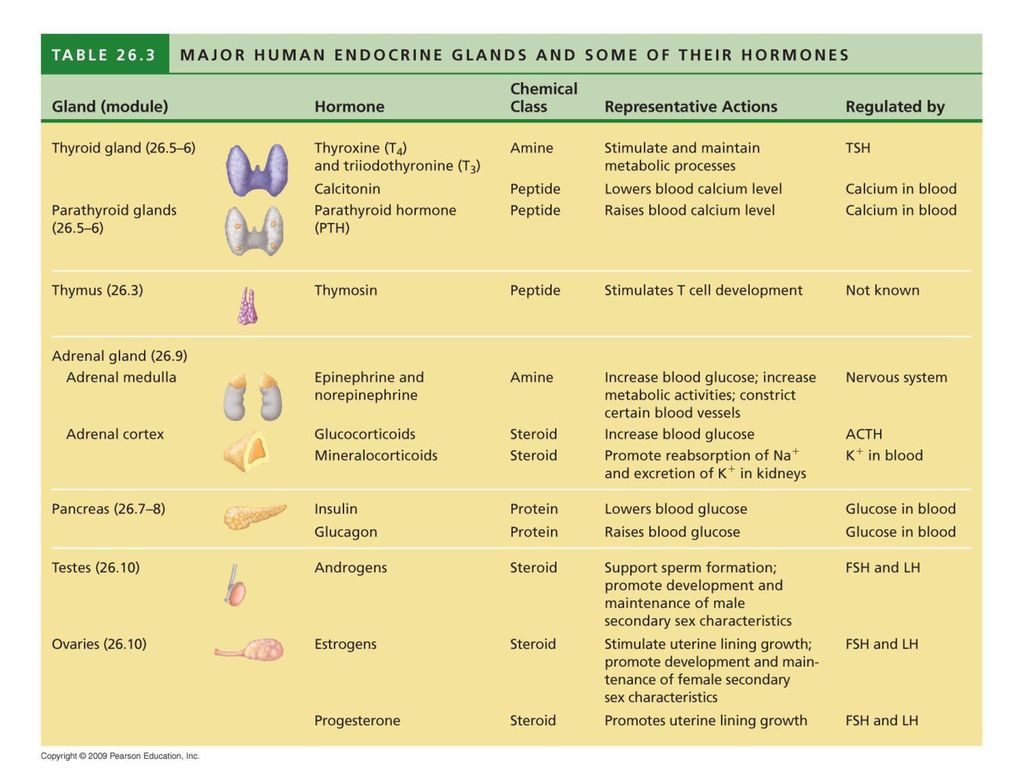 The main source of increased estrone in these patients is the peripheral aromatization of androstenedione. Constant and monotonous production of estrone sensitizes the pituitary gland to the action of GnRH, resulting in an increase in the ratio of LH/FSH secreted by the pituitary gland. In turn, high LH levels lead to overstimulation of the ovarian stroma and theca, resulting in excessive androgen production. Under these conditions, both the selection process of the dominant follicle and its usefulness are sharply disrupted, which leads to opsomenorrhea, anovulation, luteal phase deficiency, and amenorrhea (9, 27).
The main source of increased estrone in these patients is the peripheral aromatization of androstenedione. Constant and monotonous production of estrone sensitizes the pituitary gland to the action of GnRH, resulting in an increase in the ratio of LH/FSH secreted by the pituitary gland. In turn, high LH levels lead to overstimulation of the ovarian stroma and theca, resulting in excessive androgen production. Under these conditions, both the selection process of the dominant follicle and its usefulness are sharply disrupted, which leads to opsomenorrhea, anovulation, luteal phase deficiency, and amenorrhea (9, 27).
Hypothalamic-pituitary dysfunction in type II ovarian failure is a purely functional disorder in which positive feedback is disturbed. The etiology of hyperandrogenism syndrome with chronic anovulation is still unknown. It has been proven that heredity, central catecholamine disorders, mental stress and obesity play an important role in the development of the syndrome (32).
Dysfunction of the adrenal cortex plays an important role in the development of the disease. In a significant proportion of patients, the adrenal glands are very sensitive to ACTH stimulation. In this regard, a hypothesis was put forward about the secretion of a specific hormone by the pituitary gland that stimulates the androgens of the adrenal cortex with a molecular weight of about 60,000 (32). Some patients are heterozygous carriers of the C-21-hydroxylase defect (38).
In addition, increased production of androgens by theca cells can also be caused by elevated insulin levels due to the overlapping specificity of insulin and local growth factors (3). Therefore, hirsutism and hyperandrogenism may be manifestations of profound metabolic disorders.
Hyperandrogenic ovarian insufficiency is characterized by an increase in the amplitude and frequency of pituitary LH bursts (41).
An important role in pathogenesis is played by the influence of androgens on the level of testosterone-estrogen binding protein (TESH).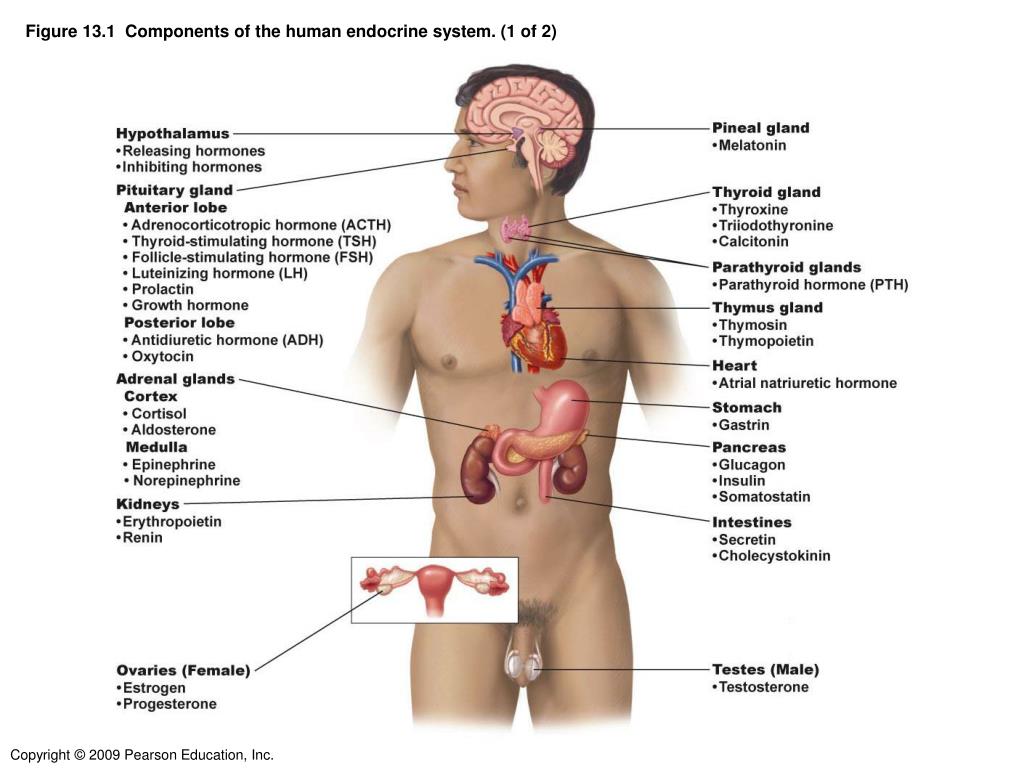 With hyperandrogenism and obesity, the synthesis of TESG in the liver decreases, which leads to an increase in the active concentrations of estrogens and testosterone in the blood, as a result of which the manifestations of hyperandrogenism increase. There are indications that non-hereditary intrauterine influences play an important role in the development of the syndrome, and that maternal hyperandrogenism may adversely affect the maturation of various fetal enzyme systems (25). In hyperandrogenism syndrome, the ratio of norepinephrine and dopamine changes, and the resulting dopamine deficiency leads to increased LH release.
With hyperandrogenism and obesity, the synthesis of TESG in the liver decreases, which leads to an increase in the active concentrations of estrogens and testosterone in the blood, as a result of which the manifestations of hyperandrogenism increase. There are indications that non-hereditary intrauterine influences play an important role in the development of the syndrome, and that maternal hyperandrogenism may adversely affect the maturation of various fetal enzyme systems (25). In hyperandrogenism syndrome, the ratio of norepinephrine and dopamine changes, and the resulting dopamine deficiency leads to increased LH release.
Violation of the development of the dominant follicle and ovulation in normogonadotropic ovarian insufficiency leads to the development of NLF (23).
There are 5 reasons for the development of NLF: violation of the maturation of the follicle; insufficient stimulation of LH in the 2nd phase of the cycle; insufficient and / or delayed luteinization of the preovulatory follicle; mild forms of hyperprolactinemia; hyperandrogenism of various origins (23).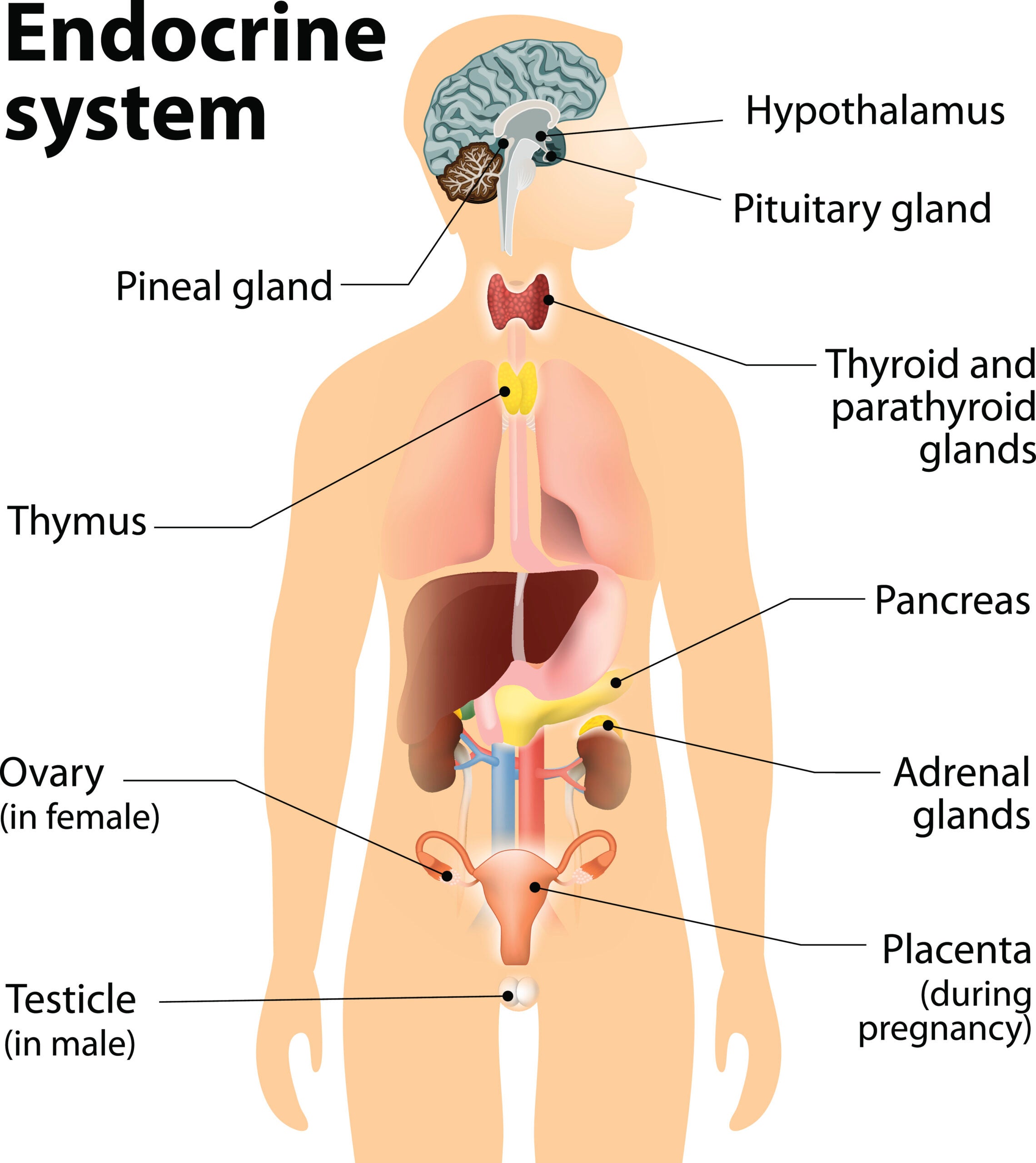 The hormonal manifestation of NLF is a decrease in the production of progesterone by the corpus luteum, accompanied by normal or increased secretion of estradiol (relative hyperestrogenism). At the cellular level, NLF is manifested by an increase in cell divisions (endrometry, mammary gland, myometrium). Clinically, NLF is manifested by premenstrual syndrome, menstrual irregularities, reduced fertility, benign breast tumors and uterine fibroids. The causes of infertility in NLF are the insufficient maturity of the endometrium, which hinders normal implantation, and insufficient levels of progesterone to support early pregnancy (26).
The hormonal manifestation of NLF is a decrease in the production of progesterone by the corpus luteum, accompanied by normal or increased secretion of estradiol (relative hyperestrogenism). At the cellular level, NLF is manifested by an increase in cell divisions (endrometry, mammary gland, myometrium). Clinically, NLF is manifested by premenstrual syndrome, menstrual irregularities, reduced fertility, benign breast tumors and uterine fibroids. The causes of infertility in NLF are the insufficient maturity of the endometrium, which hinders normal implantation, and insufficient levels of progesterone to support early pregnancy (26).
Literature
- The arcuate nucleus and the control of gonadotropin and prolactin secretion in the female rhesus monkey (Macaca mulatta). -Plant T.M., Krey L.S., Moossy J., McCormack J.T., Hess D.L., Knobil E. // Endocrinology, 1978, v. 102, No. 1, p. 52-62.
- Baltzer J., Mickan H. Kern Gynäkologie. 4.Aufl. Stuttgart: Thieme, 1985.
 -685 S.
-685 S. - Barbieri R.L., Ryan K.J. Hyperandrogenism, insulin resistance and acanthosis nigrans syndrome: A common endocrinopathy with distinct pathophysiologic features. // American Journal of Obstetrics and Gynecology, 1983, v. 147, No. 1, p. 90-101.
- Bohumil R.J. Pulsatile variations in hormone levels. //Biorythms and human reproduction. – Ferin M., Halberg F., Richard R. M., Van de Wiele R. L. (Eds) New York: Wiley, 1974, p. 107-131.
- Breckwoldt M. Störungen der Ovarialfunktion. //Reproductionsmedicine. -Bettendorf J., Breckwoldt M. (Hrsg.). Stuttgart; New York: Fisher, 1989, pp. 258-266.
- Central electrophysiological correlates of pulsatile luteinizing hormone secretion in the rhesus monkey. -Wilson R. S., Kesner J.S., Kaufman J.M., Uemura T., Akema T., Knobil E. //Neuroendocrinology, 1984, v. 39, No. 3, p. 256-260.
- Childs G.V. Functional ultrastructure of gonadotropes: a review. //Morfology of hypothalamus and its connections.
 -Ganten D., Pfaff D. (Eds.). Berlin: Springer, 1986, p. 49-98.
-Ganten D., Pfaff D. (Eds.). Berlin: Springer, 1986, p. 49-98. - Correlation of human follicular fluid inhibition activity with spontaneous and induced follicular maturation. -Murrs R.P., Lobo J.D., Campeau J.D., Nakamura R.M., Brown J., Ujita E.L., DiZerega G.S. // Journal of Clinical Endocrinology and Metabolism, 1987, v. 64, No. 1, p. 148-152.
- Davis O.K., Ravnikar V. Induction of ovulation with Clomiphen Citrate. //Reproductive endocrine therapeutics. – Barbiery L., Schiff I. (Eds.). New York: A.R. Liss, Inc., 1988, p. 1-24.
- Diedrich K., Wildt L. Neue Wege in der Behandlung ovarieller Funktionstorungen. Teil 1. //Neue Wege in der Diagnostik und Therapie der Weiblichen Sterilität. – Diedrich K., Hrsg. – Stuttgart: F. Enke, 1987, p. 26-40.
- DiZerega G.G., Hodgen G.D. Folliculogenesis in the primate ovarian cycle. // Endocrine review 1981, v. 2, No. 1, p. 27-49.
- The effect of morphine on the electrophysiological activity of the hypothalamic luteinizing hormone-releasing hormone pulse generator in the rhesus monkey.
 -Kesner J.S., Kaufman G., Wilson R. C., Kuroda G., Knobil E. //Neuroendocrinology, 1986, v. 43, No. 6, p. 486-488.
-Kesner J.S., Kaufman G., Wilson R. C., Kuroda G., Knobil E. //Neuroendocrinology, 1986, v. 43, No. 6, p. 486-488. - Electrophisiological manifestation of luteinizing hormone releasing hormone pulse generator activity in the rhesus monkey: influence of a adrenergic and dopaminergic blocking agents. -Kaufman J.M., Kesner J.S., Wilson R.S., Knobil E. // Endocrinology, 1985, v. 116, No. 4, p. 1327-1333.
- Everett J.W. Central neural control of reproductive functions of the adenohypophysis. //Physiology review, 1964, v. 44, p. 373-431.
- Falck B. Site of production of estrogens in rat ovary as studied by microtransplants. //Acta physiologica Scandinavica, 1959, v. 163, No. 1, p. 1.
- Ferin M., van Vugt D., Wardlaw S. The hypothalamic control of the menstrual cycle and the role of endogenous opioid peptides. //Recent progress in hormone research, 1984, v. 40, p. 441-485.
- Givens J.R., Andersen R.N., Umstot E.S.
 Clinical findings and hormonal responses in patients with polycystic ovarian disease with normal versus elevated LH levels. // Obstetrics and gynecology, 1976, v. 47, No. 4, p. 388-394.
Clinical findings and hormonal responses in patients with polycystic ovarian disease with normal versus elevated LH levels. // Obstetrics and gynecology, 1976, v. 47, No. 4, p. 388-394. - Hoffmann F. Untersuchunden über die hormonale Regulation der Follikelreifung im Zyklus der Frau.
- Infertility, contraception and reproductive endocrinology. Ed. by D.R. Michel, Jr.; V. Davaian, 2nd edition. – Oradell: Medical Economics Books, 1986.-IX, 688 p.
- Kleitmann N. Sleep and wakefulness. – Chicago: Chicago University Press, 1963. -250 p.
- Lakoski J.M. Cellular electrophysiologycal approaches to the central regulation of female reproductive aging. //Neural control of reproductive function. -J.M. Lakoski, J.R. Perez-Polo, D.K. Rassin (Eds.). -New York: Liss, 1989, p. 209-220.
- Lavie P., Kripke D.F. Ultradian circa 1½ hour rhythms: A multioscillatory system.
 //life sciences, 1981, v. 29, No. 24, p. 2445-2450.
//life sciences, 1981, v. 29, No. 24, p. 2445-2450. - Lobo R.A. Polycystic ovary syndrome. //Infertility, contraception and reproductive endocrinology. Ed. by D.R. Michelle, Jr. and V. Davajan, 2nd edition. – Oradell: Medical Economics Books, 1986, p. 319-336.
- Leyendecker G., Wildt L., Plotz E.J. Die hypothamische Ovarialinsuffizienz.//Gynäkologe, 1981, Bd. 14, No. 2, S. 84-103.
- Lobo R.A. Polycystic ovary syndrome. //Infertility, contraception and reproductive endocrinology. Ed. by D.R. Michelle, Jr. and V. Davajan, 2nd edition. – Oradell: Medical Economics Books, 1986, p. 319-336.
- Mauvais-Jarvis P., Kutten F. Insuffisance gonadotrope dissociée (anovulation et dysovulation).
- The microinvironment of the human antral follicle: Interrelationships among the steroid levels in human antral fluid, the population of granulosa cells and the status of the oocyte in vivo and in vitro.
 -McNatty K.P., Smith D.M., Makris A., Osathanonolh R., Ryan K.J. //Journal of clinical endocrinology and metabolism, 1979, v. 49, No. 6, p. 851-860.
-McNatty K.P., Smith D.M., Makris A., Osathanonolh R., Ryan K.J. //Journal of clinical endocrinology and metabolism, 1979, v. 49, No. 6, p. 851-860. - Miller B.T. Peptide modulation of luteinizing hormone releasing hormone secretion. //Neural control of reproductive function. -J.M. Lakoski, J.R. Perez-Polo, D.K. Rassin (Eds.). New York: A.R. Liss, Inc., 1989, p. 255-271.
- Mode of action of progesterone in the blocade of gonadotropin surges in the rhesus monkey. -Pohl C.R., Richardson W.D., Marshall G., Knobil E. // Endocrinology, 1982, v. 110, No. 4, p. 1454-1455.
- The Neuro-immune-endocrine connection. – Cotman C., Brinton R.E., Galaburda A., McEwen B.C. -New York: Raven Press, 1986. -150 p.
- Page R.B. Pituitary blood flow. // American journal of physiology, 1982, v. 243, No. 6, p. 427-442.
- Parker L.N., Odell W.B. Control of adrenal androgen secretion. // Endocrine review, 1980, v. 1, No. 4, p. 392-410.

- Perez-Polo J.R. Introduction: Neuroimmune modulation of reproductive function. //Neural control of reproductive function. -J.M. Lakoski, J.R. Perez-Polo, D.K. Rassin (Eds.). -New York: A.R. Liss, 1989, p. 307-309.
- Plotz E.J. Differentialdiagnosis und Therapie ovarieller Funktionsstörungen: Richtlinien fur die Praxis. // Gynäkologe, 1981, Bd. 14, No. 2, S. 145-148.
- The pulsatile pattern of gonadotropin secretion and follicular development durung the menstrual cycle and in women with hypothalamic and hyperandrogenic amenorrhea. -Wildt L., Schwilden H., Werner G., Roll C., Brensing K.A., Vuckhaus J., Böhr M., Leyendecker G. //Brain and pituitary peptides II. – G. Leyendecker, H. Stock, L. Wildt (Eds.). -Basel: Karger, 1983, p. 28-36.
- Rushton W.A.H. Peripheral coding in the nervous system. //Sensory communication. -W.A. Rosenblith (Ed.). -New York: Wiley, 1961, p. 20-30.
- Shapiro S. Compass on the 90-minutes sleep-dream cycle.
 //Sleep and dreaming. -Hartman E. (Ed.) -Boston: Little and Brown, 1970, p. 40-49.
//Sleep and dreaming. -Hartman E. (Ed.) -Boston: Little and Brown, 1970, p. 40-49. - An update of congenital adrenal hyperplasia. – New M.I., Dupont B., Pang S., Pollack M., Levine S.L. // Recent progress in hormone research, 1981, v. 37, p. 105-181.
- Wildt L. Die endokrine Kontrolle der Ovarialfunktion und die Pathologie endokriner Ovarialfunktionsstörungen. // Neue Wege in Diagnostik und Therapie der weiblichen Sterilität. -Hrsg. von K. Diedrich. – Stuttgart: Enke, 1987, S. 1-25.
- Wildt L. hypothalamus. //Reproductionsmedicine. – Hrsg. von Bettendorf G., Breckwoldt M. – Stuttgart: Fischer, 1989, S. 6-22.
- Yen S.S.C. The polycystic ovary syndrome. //Clinical endocrinology, 1980, v. 12, no. 2, p. 177-207.
- Zeleznik A.J., Schuler H.M., Reichert L.C., Jr. Gonadotropin binding sites in the rhesus monkey ovary: Role of the vasculature in the selective distribution of human chorionic gonadotropin to the preovulatory follicle.
 // Endocrinology, 1981, v. 109, No. 2, p. 356-362.
// Endocrinology, 1981, v. 109, No. 2, p. 356-362.
// Geburtshilfe und Frauerheilkunde, 1961, Bd. 21, S. 554-560.
//Medecine de la reproduction. Gynecologie endocrinienne. -Paris: Flammarion, 1982, p. 305-319.
Tags:
infertility
Intermedical | LH
lycoprotein gonadotropic hormone. It is synthesized by basophilic cells of the anterior pituitary under the influence of releasing factors of the hypothalamus.
Stimulates estrogen synthesis in women; regulates the secretion of progesterone and the formation of the corpus luteum. Reaching a critical level of LH leads to ovulation and stimulates the synthesis of progesterone in the corpus luteum. In men, by stimulating the formation of sex hormone-binding globulin (SHBG), it increases the permeability of the seminiferous tubules for testosterone. This increases the concentration of testosterone in the blood plasma, which contributes to the maturation of spermatozoa. In turn, testosterone re-inhibits the release of LH. In men, the level of LH increases by 60-65 years.
The secretion of the hormone is pulsatile and depends in women on the phase of the ovulation cycle.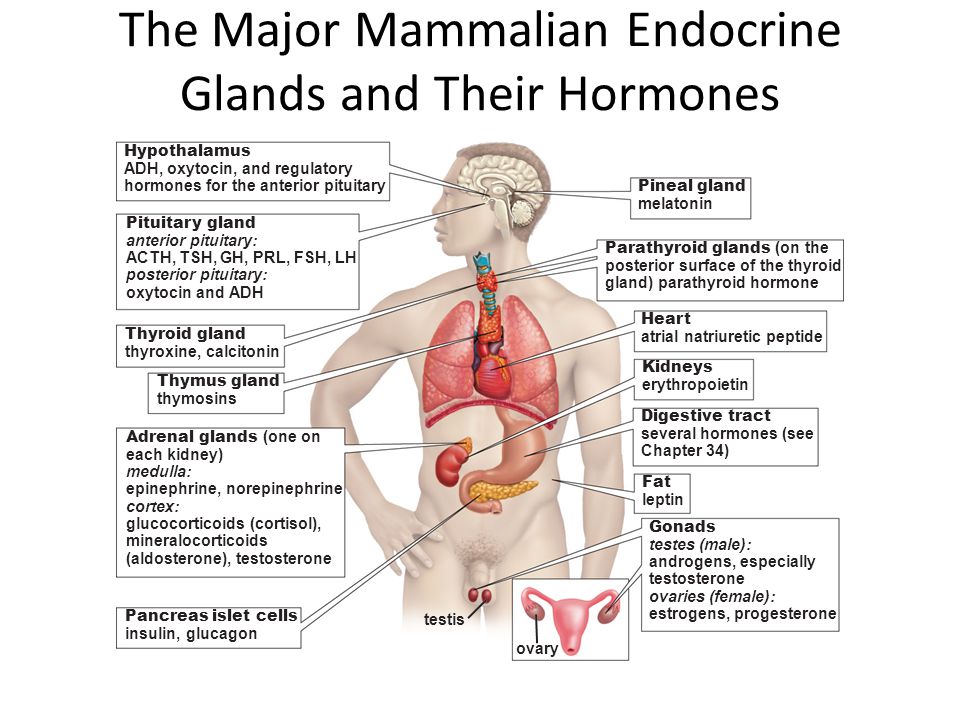 In puberty, the level of LH rises, approaching the values characteristic of adults. In the menstrual cycle in women, the peak concentration of LH occurs at ovulation, after which the level of the hormone falls and keeps the entire luteal phase at lower values than in the follicular phase. During pregnancy, the concentration decreases. During the postmenopausal period, there is an increase in the concentration of LH, as well as FSH (follicle-stimulating hormone). In women, the concentration of LH in the blood is maximum in the interval from 12 to 24 hours before ovulation and is maintained throughout the day, reaching a concentration 10 times higher compared to the non-ovulatory period.
In puberty, the level of LH rises, approaching the values characteristic of adults. In the menstrual cycle in women, the peak concentration of LH occurs at ovulation, after which the level of the hormone falls and keeps the entire luteal phase at lower values than in the follicular phase. During pregnancy, the concentration decreases. During the postmenopausal period, there is an increase in the concentration of LH, as well as FSH (follicle-stimulating hormone). In women, the concentration of LH in the blood is maximum in the interval from 12 to 24 hours before ovulation and is maintained throughout the day, reaching a concentration 10 times higher compared to the non-ovulatory period.
The LH/FSH ratio is important. Normally, before menarche, it is 1; after a year of menarche – from 1 to 1.5; in the period from two years after the onset of menarche to menopause – from 1.5 to 2.
Everything about hormones and their effect on the human body
and regulation of the main body systems.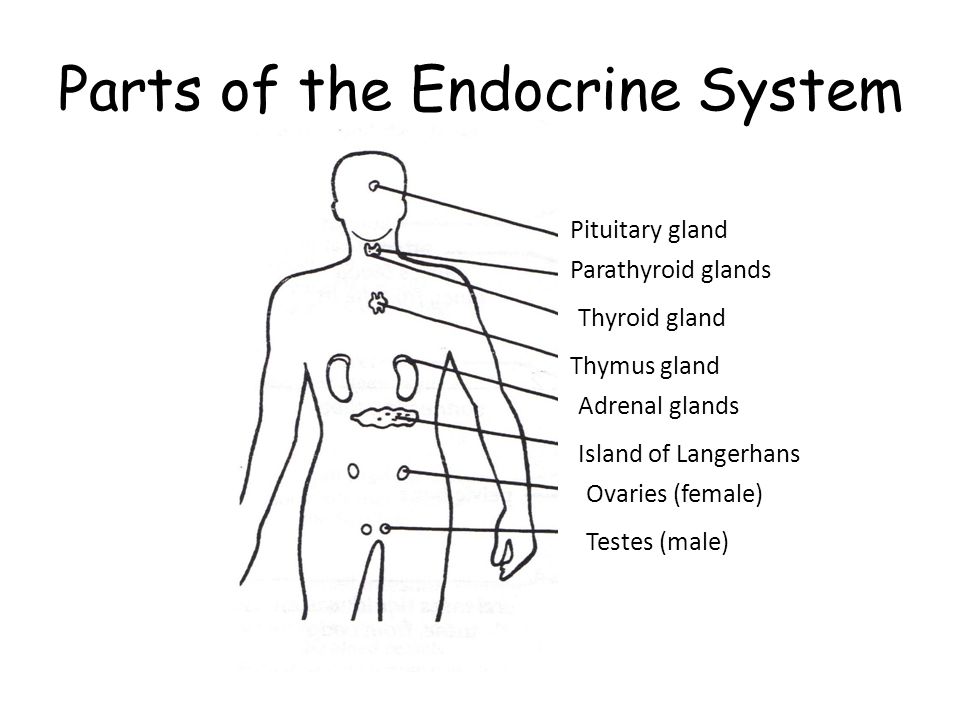 They are secreted by the endocrine glands and released into the body’s bloodstream. The endocrine system is endocrine glands, which are located in different parts of the body, but are very interconnected in their functions.
They are secreted by the endocrine glands and released into the body’s bloodstream. The endocrine system is endocrine glands, which are located in different parts of the body, but are very interconnected in their functions.
The endocrine system includes: pituitary gland, thyroid and parathyroid glands, adrenal gland, pancreas, gonads (in women – ovaries, in men – testicles, seminal vesicles). From the endocrine glands, these substances enter the bloodstream and through the bloodstream reach their “destinations”, namely, to the organs to which its action is directly directed. One and the same hormone can have several organs on which its action is directed.
Main functions of all hormones:
- maintaining the general homeostasis of the body, i.e. integrity and constancy of its internal environment;
- humoral function – regulation of biological processes through the blood;
- regulation of all processes of growth and reproductive development.

In a healthy body, there should be a hormonal balance in the entire endocrine system as a whole (between the endocrine glands, the nervous system and the organs on which the action of hormones is directed). Even small disturbances in some specific parts of the endocrine system can lead to hormonal imbalance.
Hormones are responsible for the vital activity of the cells that make up a living organism. The sharpness of thinking and the physical ability of the body to cope with diverse loads on the body depend on them. It is they who affect growth and physique, hair color and voice timbre. They control behavior and sexual desire. The impact on the psycho-emotional state (mood variability, tendency to stress) is also very strong. Insufficient and excessive production of these substances can cause various pathological conditions, since they regulate the function of all body cells.
In the human body, these substances are produced by the pituitary, thyroid and parathyroid glands, adrenal glands, pancreas and gonads.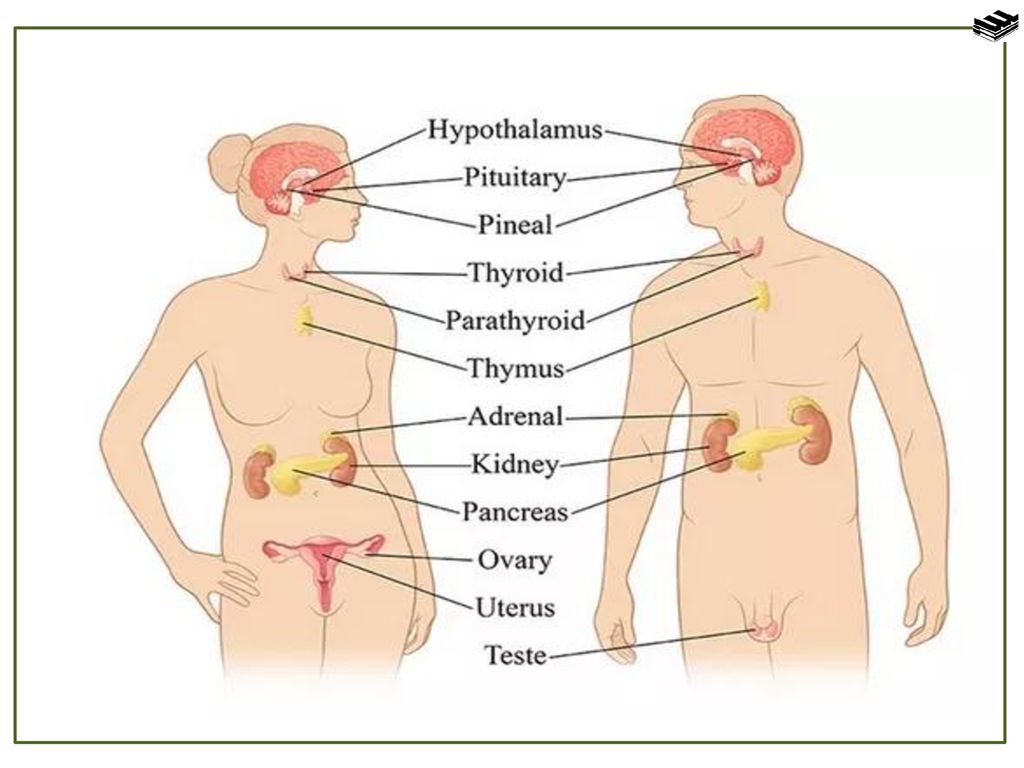
Thyroid hormones:
The thyroid gland synthesizes thyroxine (T3) and triiodothyronine (T 4), which in their structure are iodinated derivatives of the amino acid tyrosine. That is why, for the normal functioning of the thyroid gland, iodine is necessary, and with a lack of this trace element, various thyroid diseases occur. Thyroid hormones affect the mental and physical development of a person, changes in body weight and, most importantly, regulate the normal functioning of the immune system.
The production of these substances in the thyroid gland is regulated by thyroid-stimulating hormone (TSH), which is released by the pituitary gland. In small concentrations, the thyroid gland synthesizes calciotonin, which is involved in phosphorus-calcium metabolism. To determine the functional activity and if any pathology of the thyroid gland is suspected, the level of T3, T4 and TSH in the blood is determined.
In inflammatory processes in the thyroid gland, especially in autoimmune conditions, it is imperative to check the level of antibodies to thyroglobulin (AT-TG) and antibodies to thyroid peroxidase (AT-TPO).
Parathyroid hormone.
The parathyroid gland is a very small gland that is located behind the thyroid gland, but has a very important function – the synthesis of parathyroid hormone, which regulates the normal level of calcium in the blood.
Pancreatic hormones:
The pancreas secretes insulin and glucagon which regulate carbohydrate metabolism.
Insulin has a multifaceted effect on metabolism in almost all tissues. Normally, the secretion of insulin contributes to a decrease in the level of glucose in the blood; if insulin secretion is impaired, one of the most common and serious diseases occurs – diabetes mellitus. The need for a blood test for insulin arises in the case of a general examination of a patient who has a metabolic syndrome, or if a woman is diagnosed with polycystic ovaries.
Glucagon increases and prevents a critical drop in blood glucose and thus regulates the glucose balance.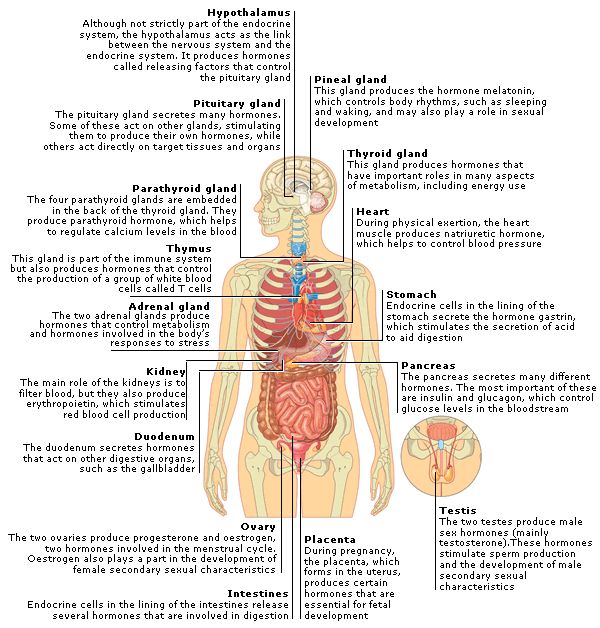 An increased level of glucagon in the blood leads to the development of clinical symptoms of hyperglycemia, while a reduced level of it (and hence an increased level of insulin) leads to symptoms of hypoglycemia. Elevated blood levels are also noted in diseases such as diabetes mellitus, tumor formation of the pancreas (glucanoma).
An increased level of glucagon in the blood leads to the development of clinical symptoms of hyperglycemia, while a reduced level of it (and hence an increased level of insulin) leads to symptoms of hypoglycemia. Elevated blood levels are also noted in diseases such as diabetes mellitus, tumor formation of the pancreas (glucanoma).
Adrenal hormones
Adrenal glands produce cortisol , which plays an important role in the body’s defense reactions in stressful situations. Cortisol in the adrenal glands is produced under the control of adrenocorticotropic hormone (ACTH), which in turn is synthesized in the pituitary gland. The concentration of cortisol in the blood is determined with arterial hypertension, with suspicion of Itsenko-Cushing’s disease, with premature puberty. In the adrenal glands, in addition to the main cortisol, steroid female and male hormones in small quantities.
Female sex hormones
The main female sex hormones are: estrogens, progesterone, prolactin, FSH, LH (follicle-stimulating and luteinizing hormones).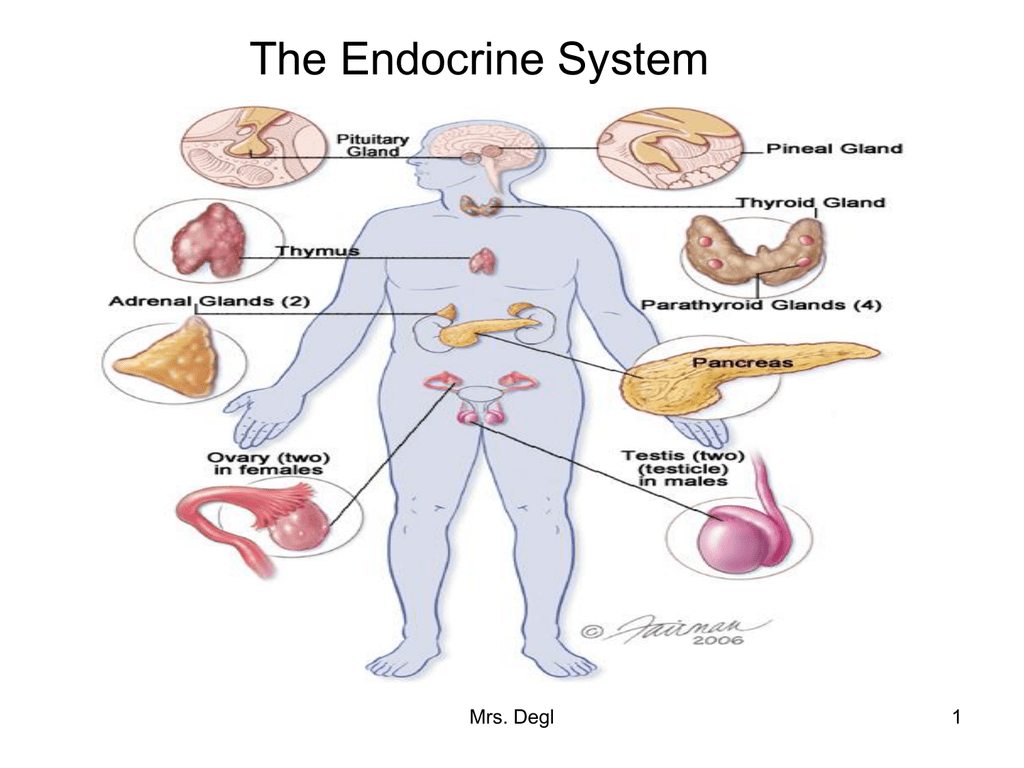
Estrogens and progesterone are synthesized by the ovaries, and prolactin, FSH, LH are produced in the pituitary gland.
Estrogens (estradiol, estriol, estrone) are produced by the follicular apparatus of the ovaries, placenta and, in small amounts, by the adrenal glands. Chemically, they are steroids. Estrogens stimulate the growth and development of all female genital organs and play an important role in the formation of secondary sexual characteristics in women.
Progestogens (progesterone) are also synthesized by the ovaries, but not by the follicles, but by the corpus luteum. Together with estrogens, it promotes the implantation (attachment) of a fertilized egg to the wall of the uterus. Already from 16 weeks of pregnancy, progesterone begins to be produced in the placenta. The main function of progesterone in the female body is to maintain pregnancy, creating the necessary conditions for the development of the fetal egg.
In women, testosterone is synthesized in small amounts by the ovaries, including the adrenal glands.
Male sex hormones
Testosterone is responsible for normal puberty and sexual function in men, the development of secondary sexual characteristics. The main part of testosterone is produced by the testicles and only a small part is synthesized in the adrenal glands. An increase in testosterone levels is observed starting from puberty, remaining in high amounts and decreasing after 55-60 years. The maximum concentration of testosterone occurs in the morning, and in the evening it decreases. Testosterone activates sexual desire (libido), spermatogenesis and potency in men. With a decrease in testosterone levels, pathological conditions develop, associated with impaired potency, inability to conceive, and related psychophysiological characteristics of sexual desire.
Pituitary hormones
The pituitary gland synthesizes FSH and LH, controlling the synthesis of sex hormones in the genital organs themselves (in the ovary).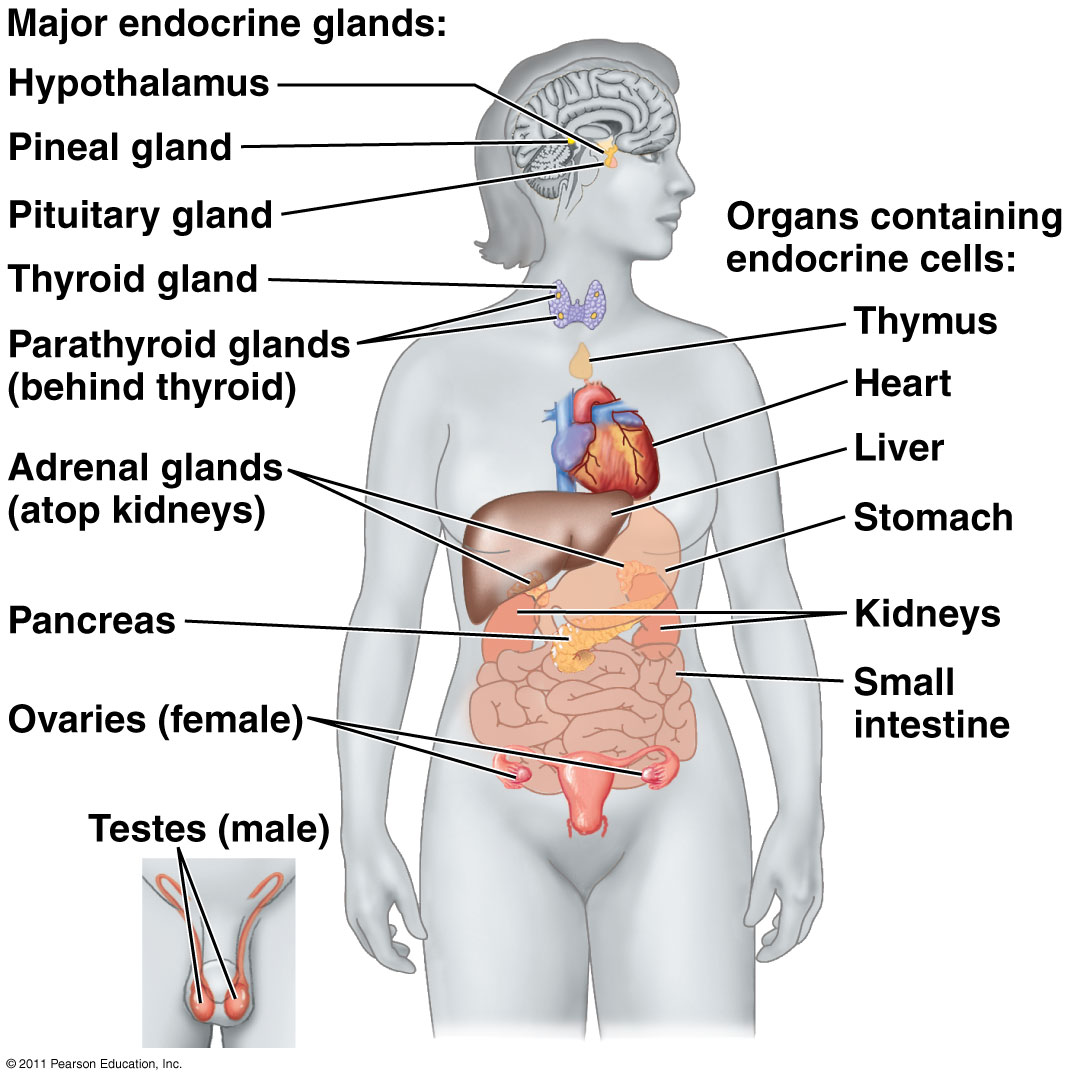

 net
net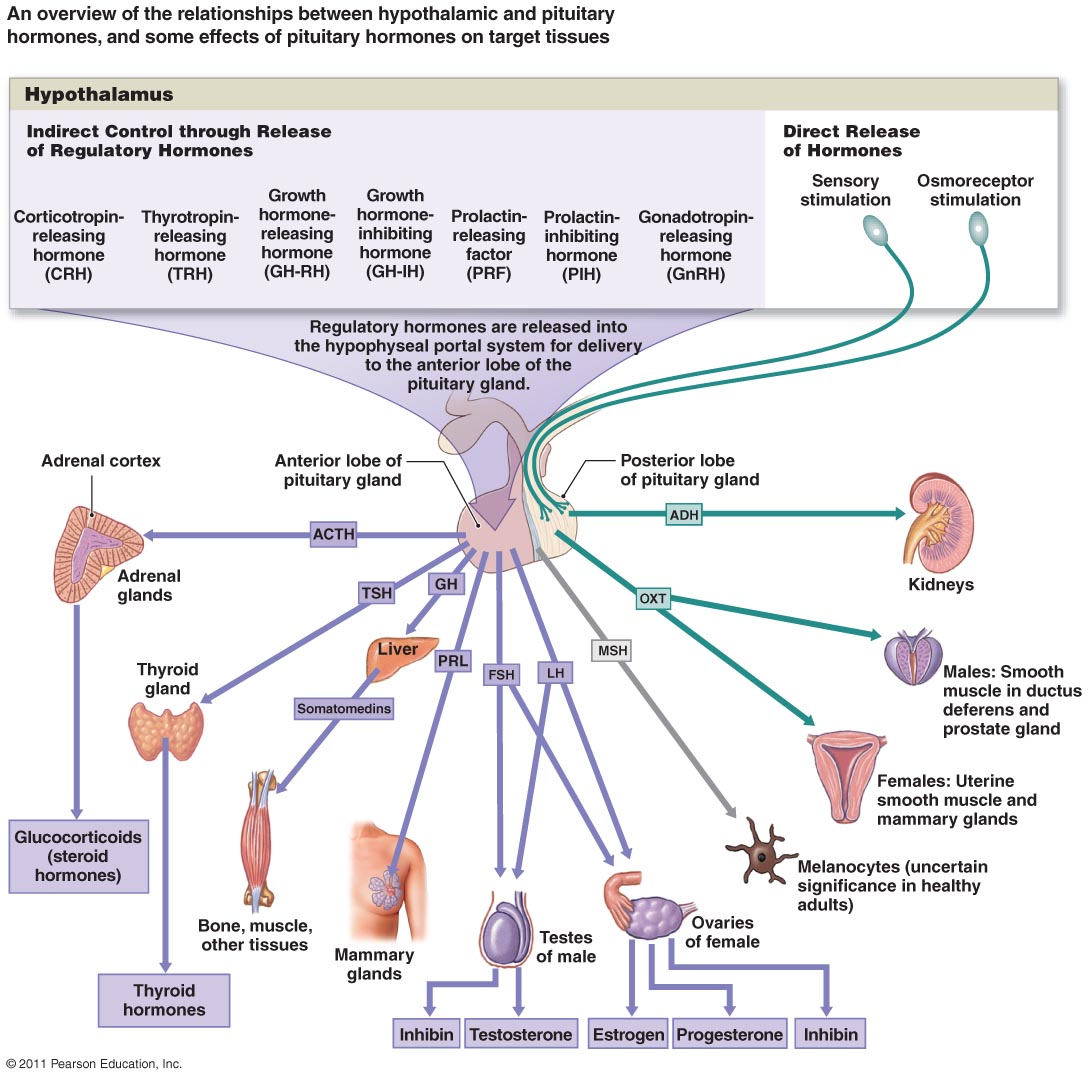
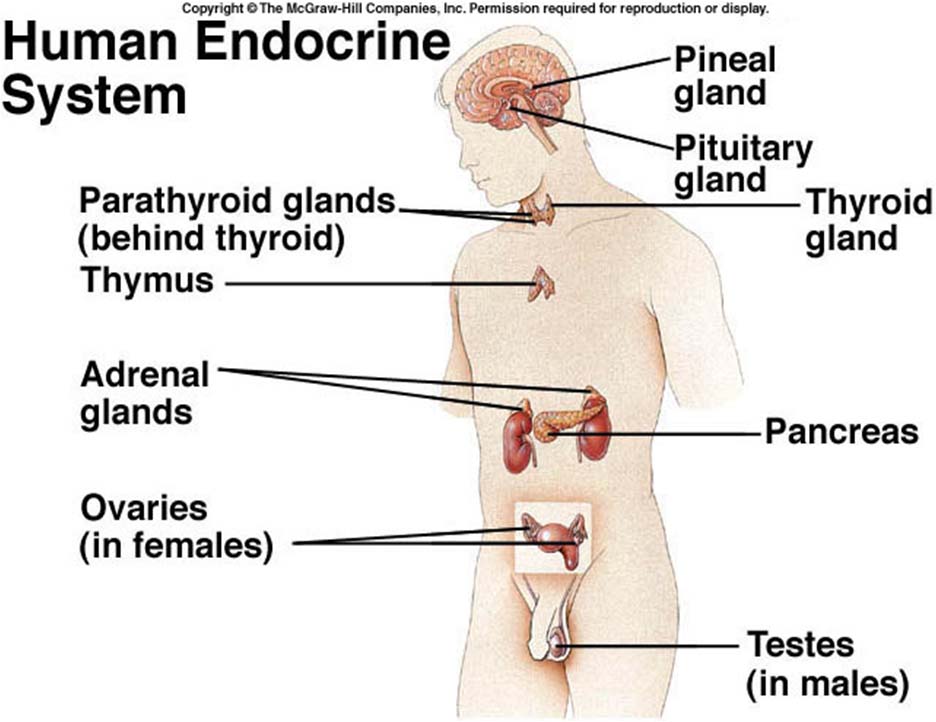 -685 S.
-685 S. -Ganten D., Pfaff D. (Eds.). Berlin: Springer, 1986, p. 49-98.
-Ganten D., Pfaff D. (Eds.). Berlin: Springer, 1986, p. 49-98.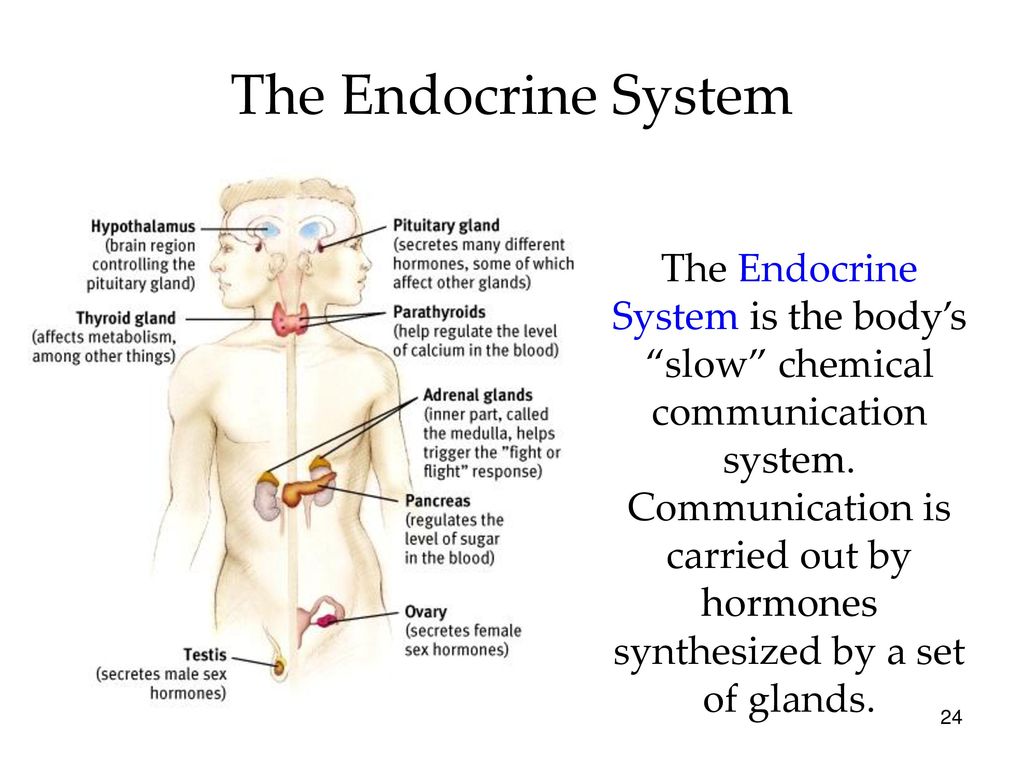 -Kesner J.S., Kaufman G., Wilson R. C., Kuroda G., Knobil E. //Neuroendocrinology, 1986, v. 43, No. 6, p. 486-488.
-Kesner J.S., Kaufman G., Wilson R. C., Kuroda G., Knobil E. //Neuroendocrinology, 1986, v. 43, No. 6, p. 486-488.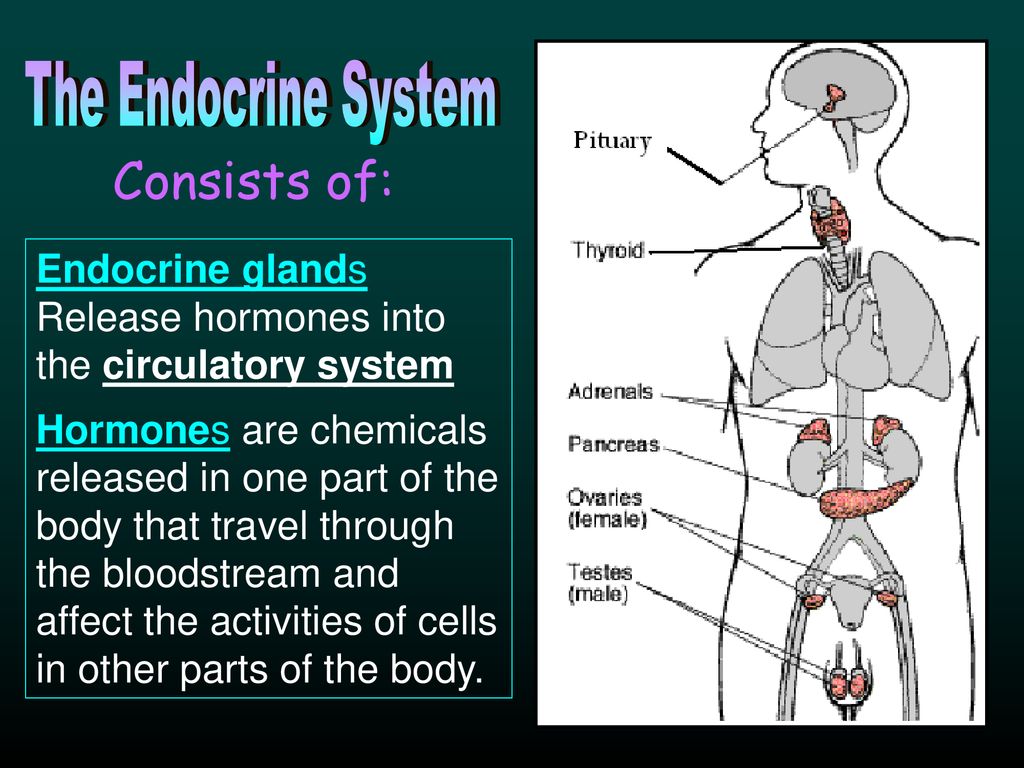 Clinical findings and hormonal responses in patients with polycystic ovarian disease with normal versus elevated LH levels. // Obstetrics and gynecology, 1976, v. 47, No. 4, p. 388-394.
Clinical findings and hormonal responses in patients with polycystic ovarian disease with normal versus elevated LH levels. // Obstetrics and gynecology, 1976, v. 47, No. 4, p. 388-394. //life sciences, 1981, v. 29, No. 24, p. 2445-2450.
//life sciences, 1981, v. 29, No. 24, p. 2445-2450.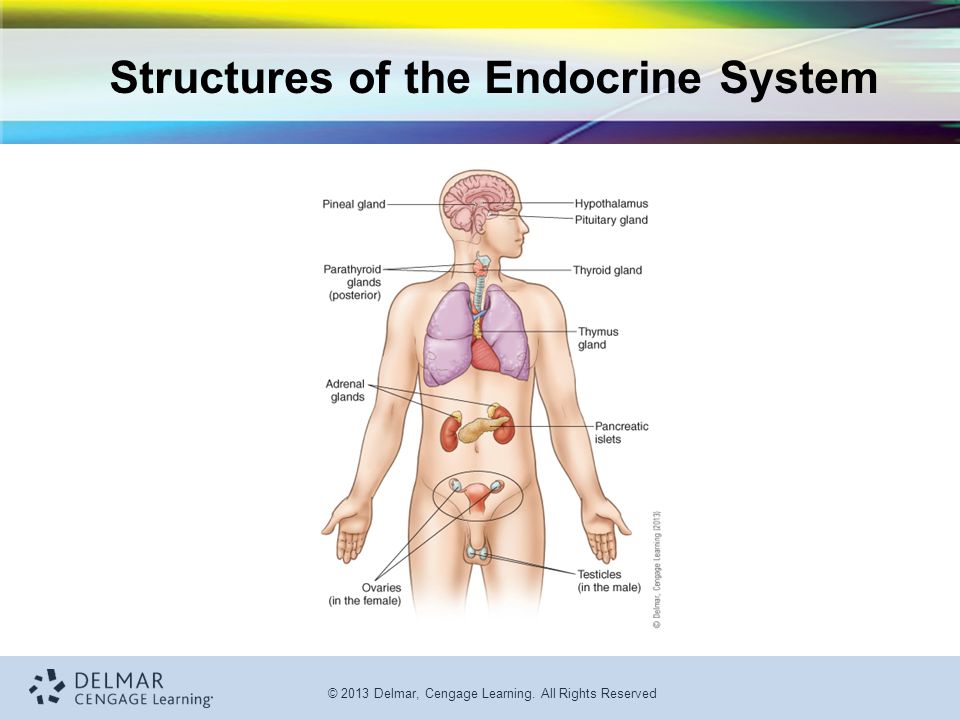 -McNatty K.P., Smith D.M., Makris A., Osathanonolh R., Ryan K.J. //Journal of clinical endocrinology and metabolism, 1979, v. 49, No. 6, p. 851-860.
-McNatty K.P., Smith D.M., Makris A., Osathanonolh R., Ryan K.J. //Journal of clinical endocrinology and metabolism, 1979, v. 49, No. 6, p. 851-860.
 //Sleep and dreaming. -Hartman E. (Ed.) -Boston: Little and Brown, 1970, p. 40-49.
//Sleep and dreaming. -Hartman E. (Ed.) -Boston: Little and Brown, 1970, p. 40-49. // Endocrinology, 1981, v. 109, No. 2, p. 356-362.
// Endocrinology, 1981, v. 109, No. 2, p. 356-362.